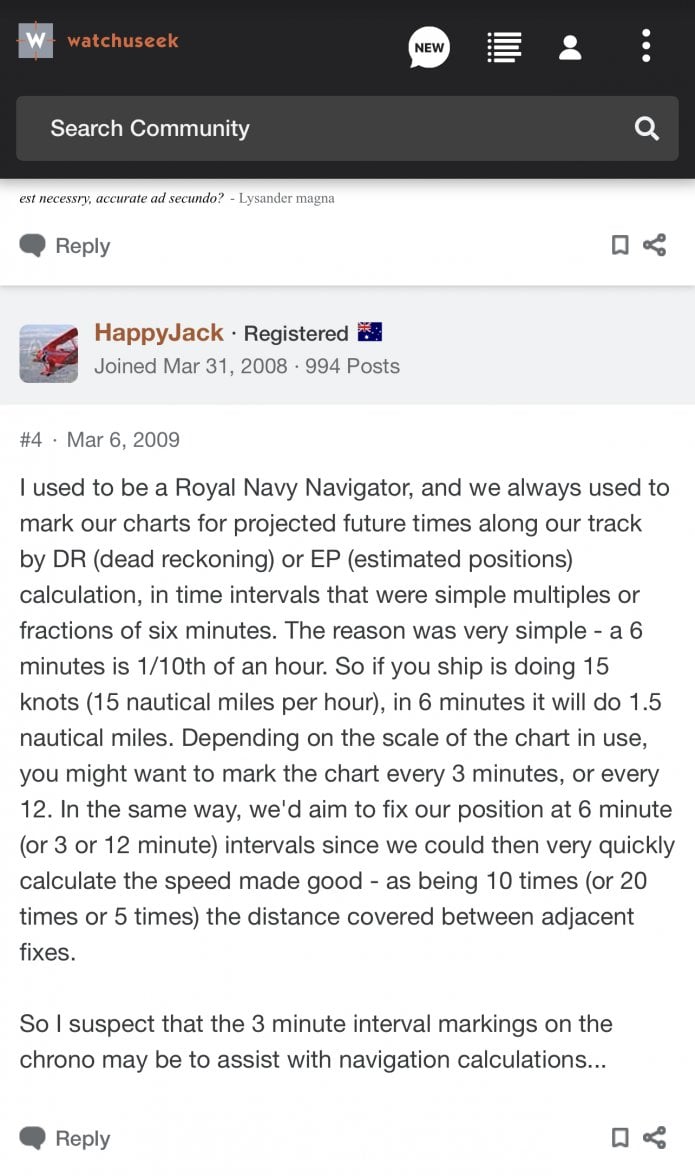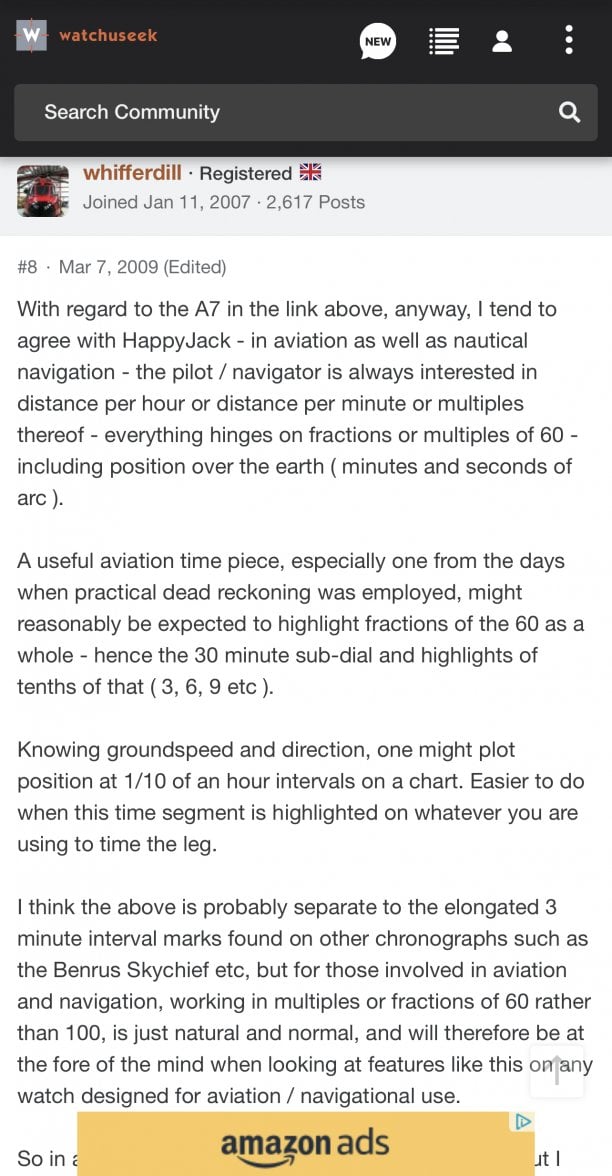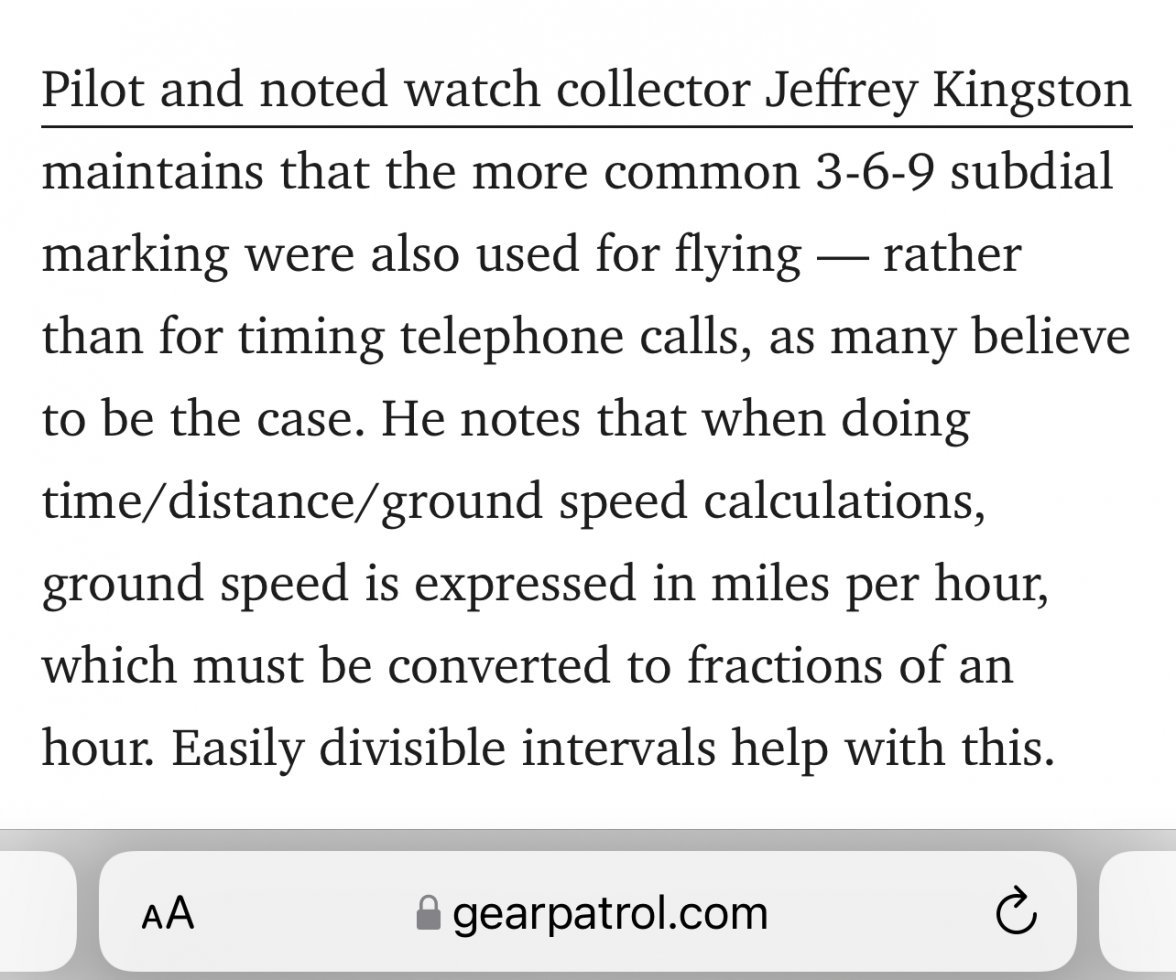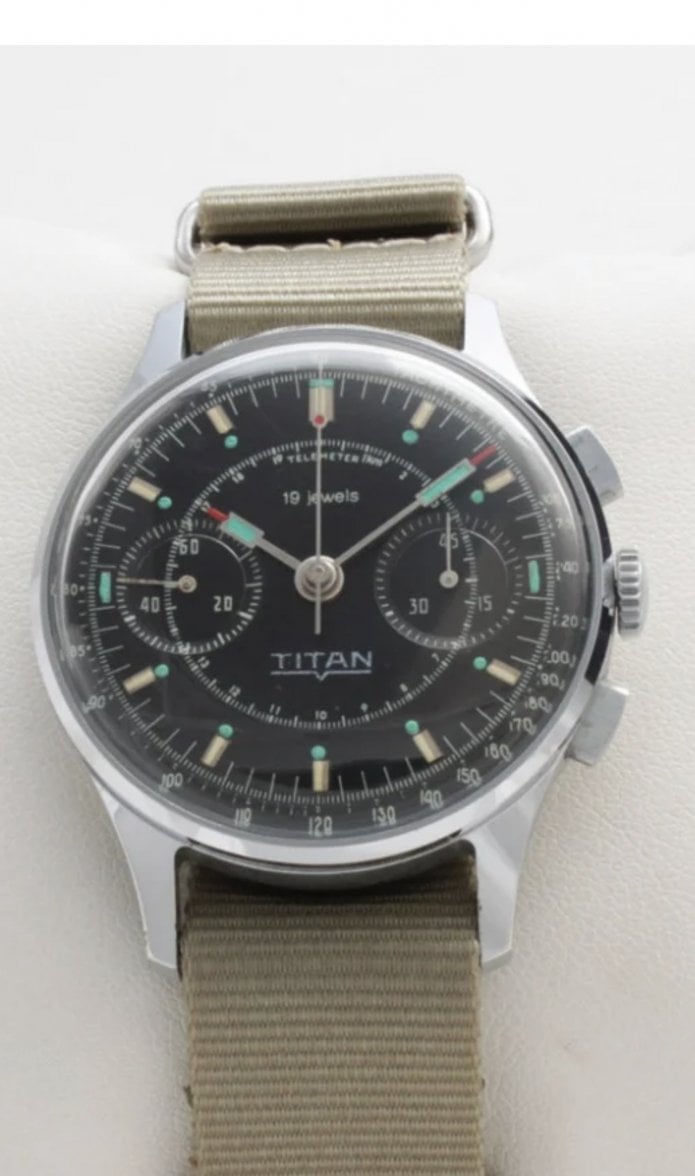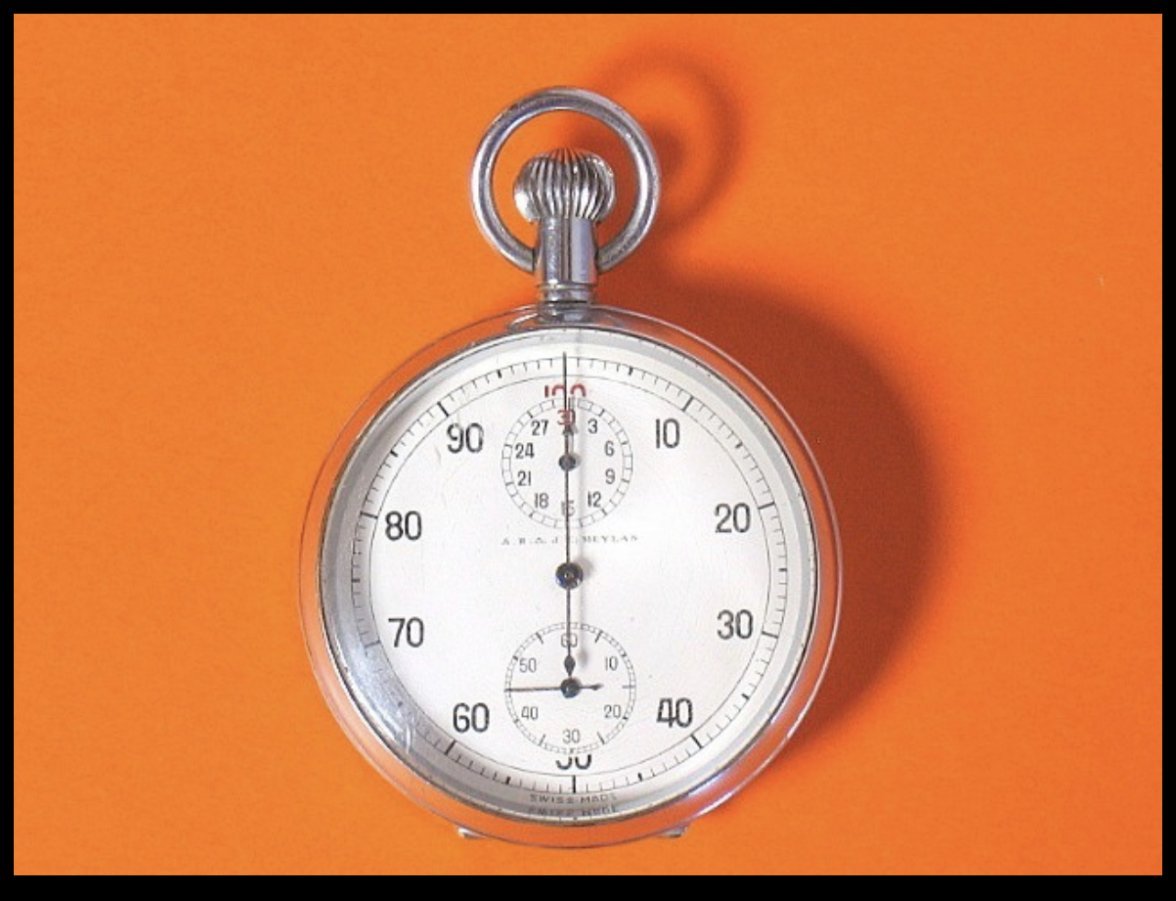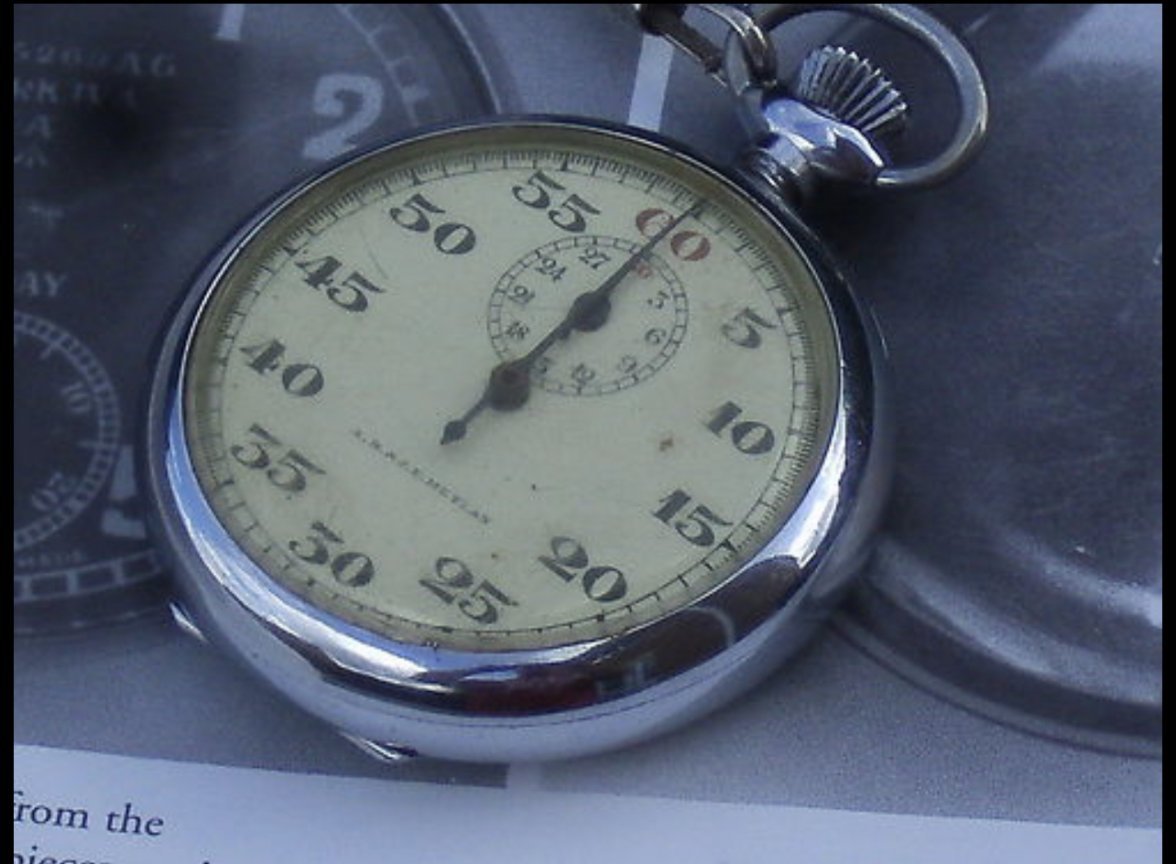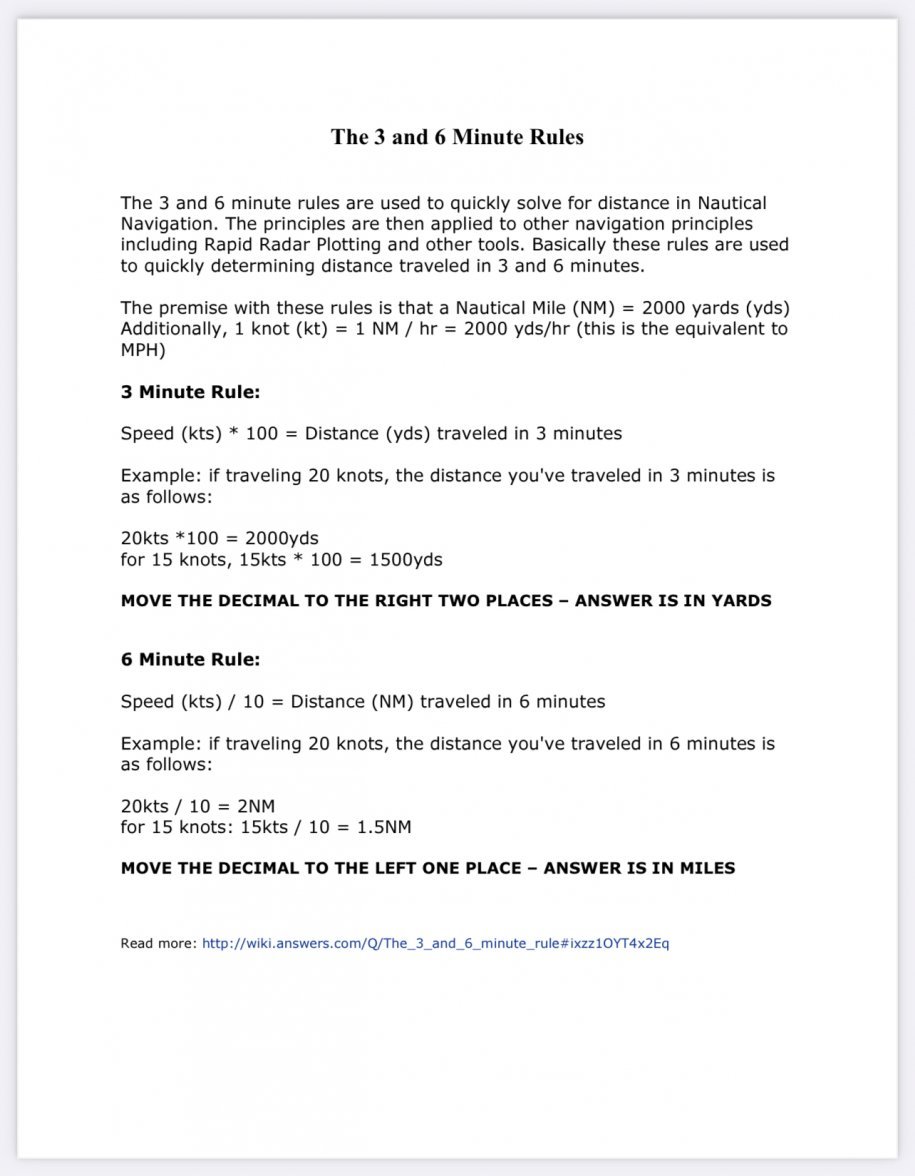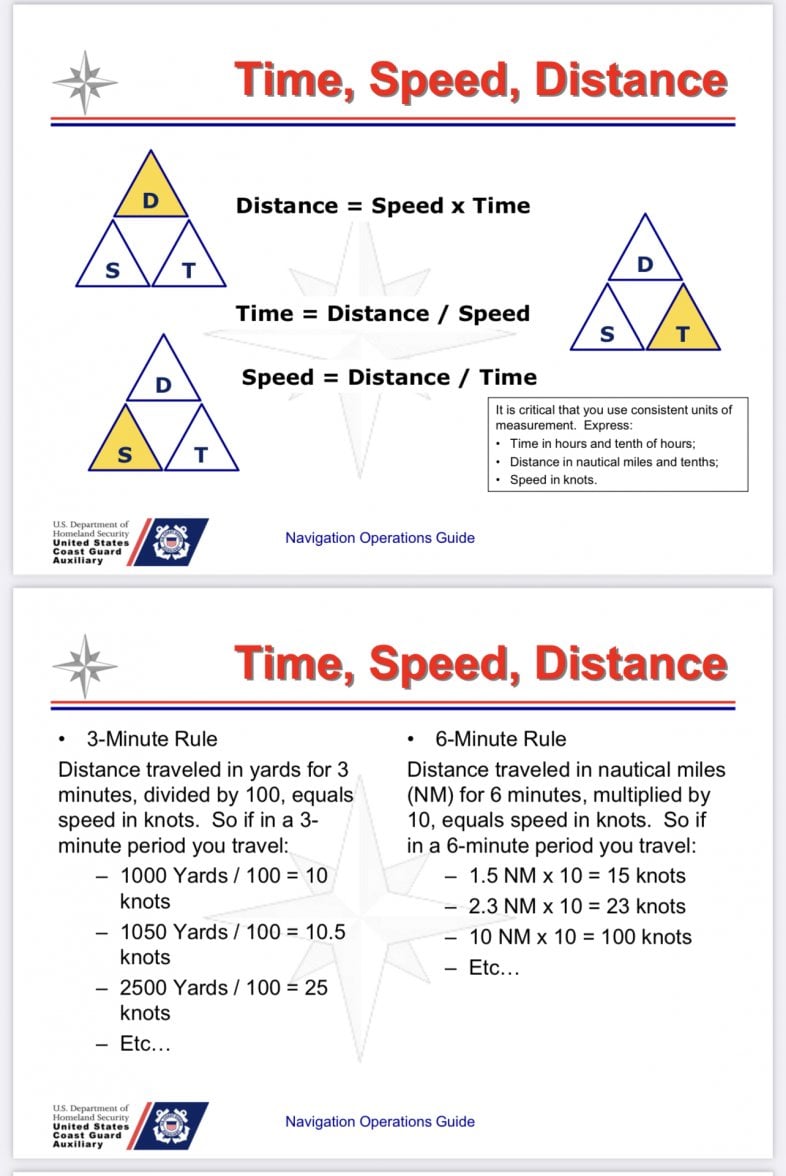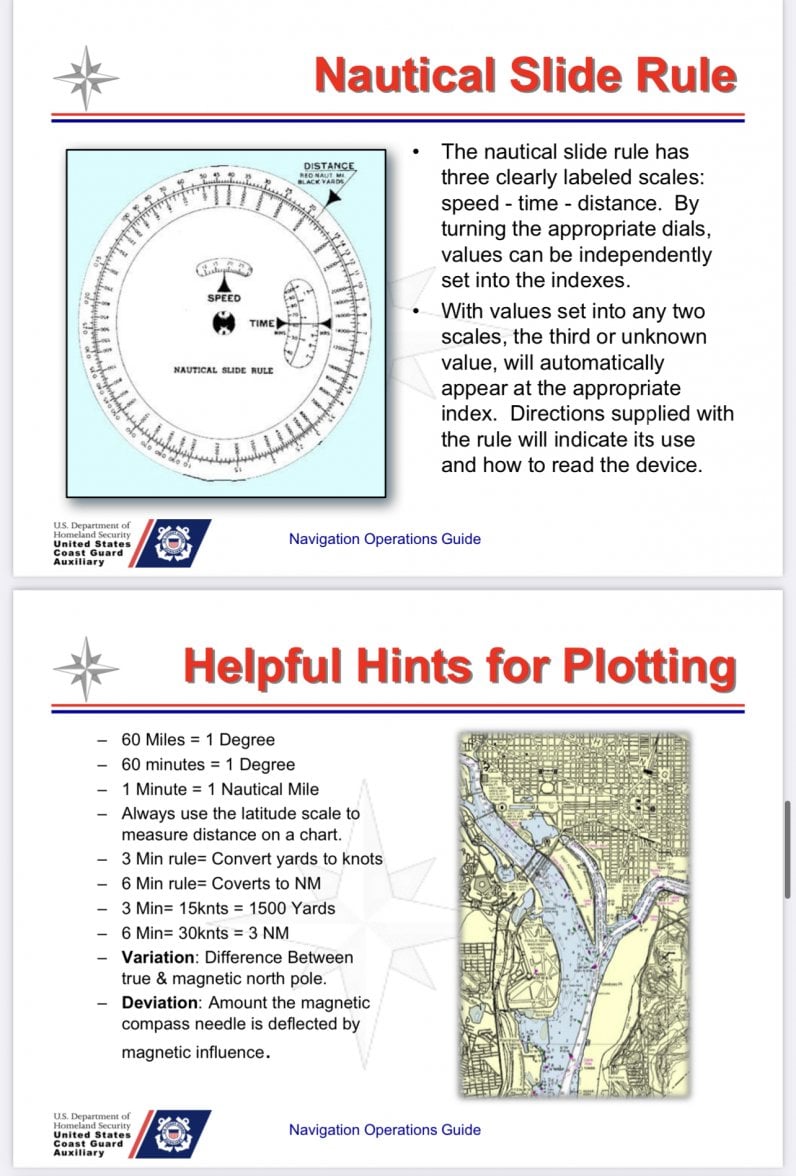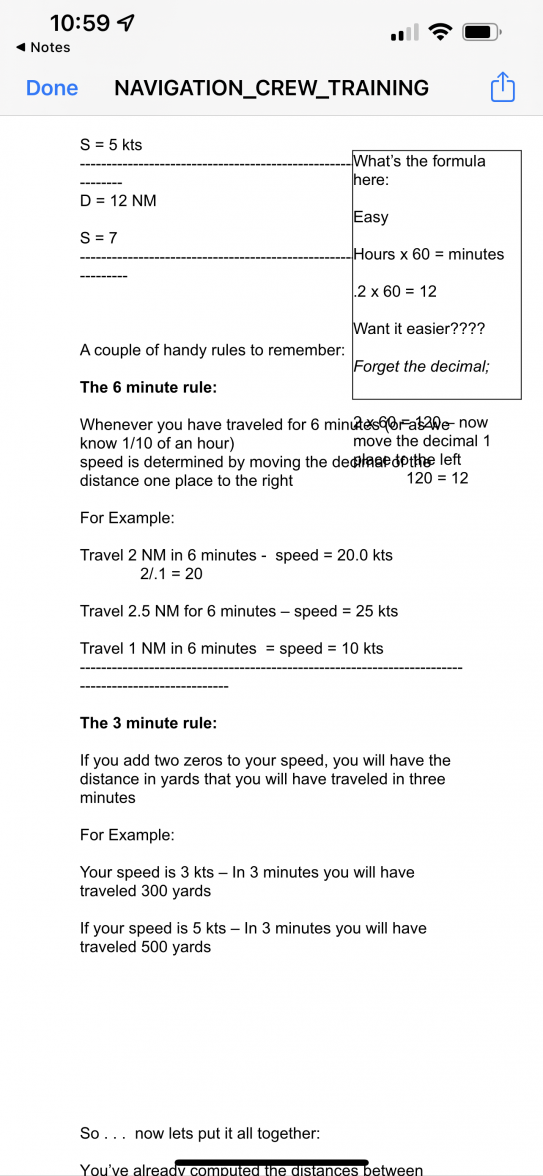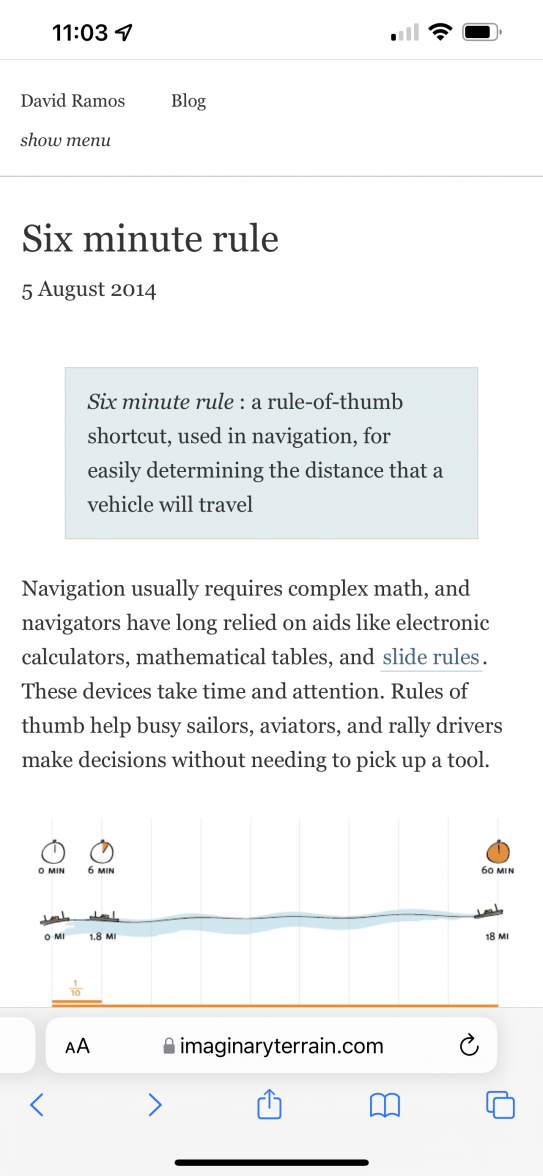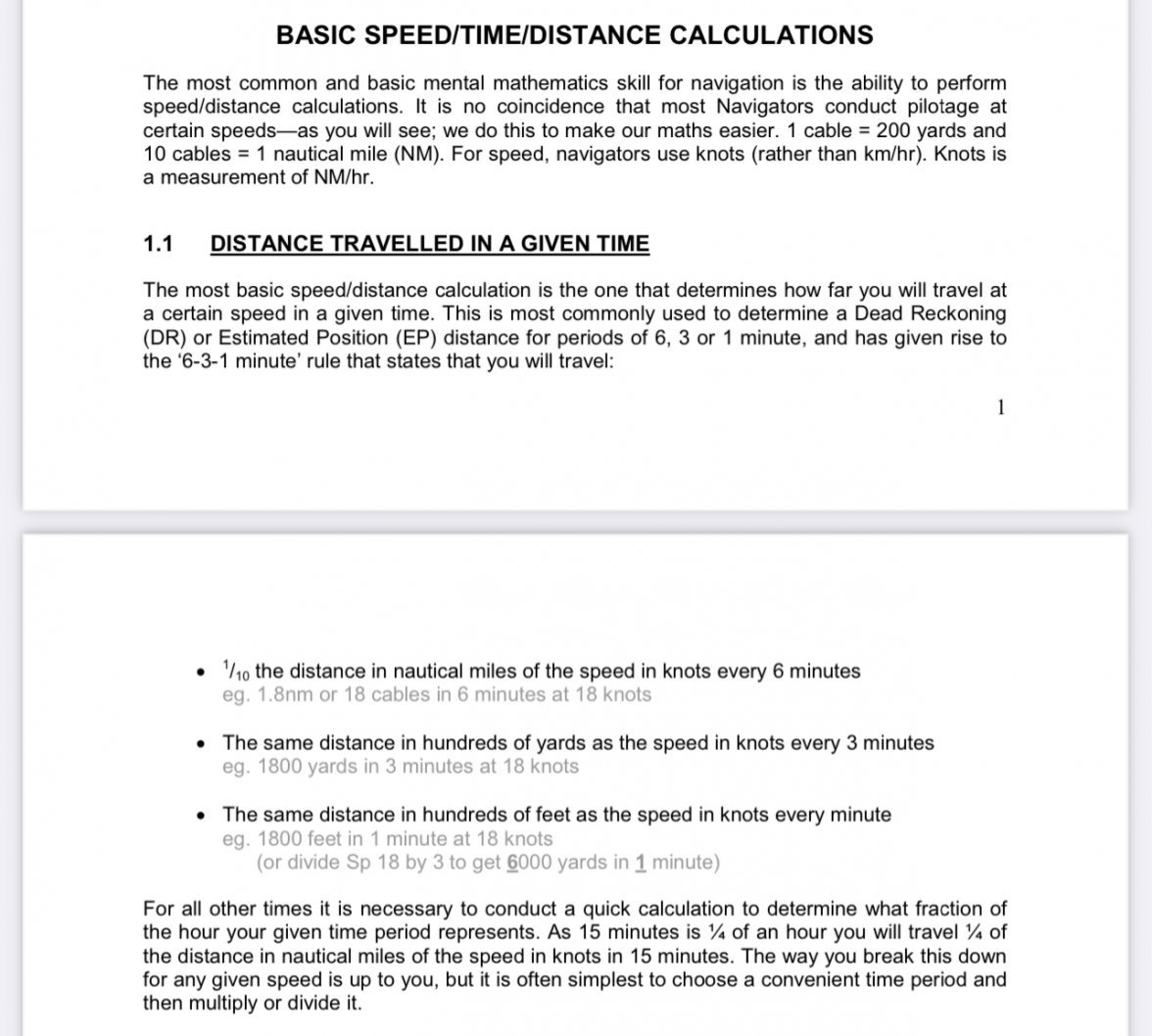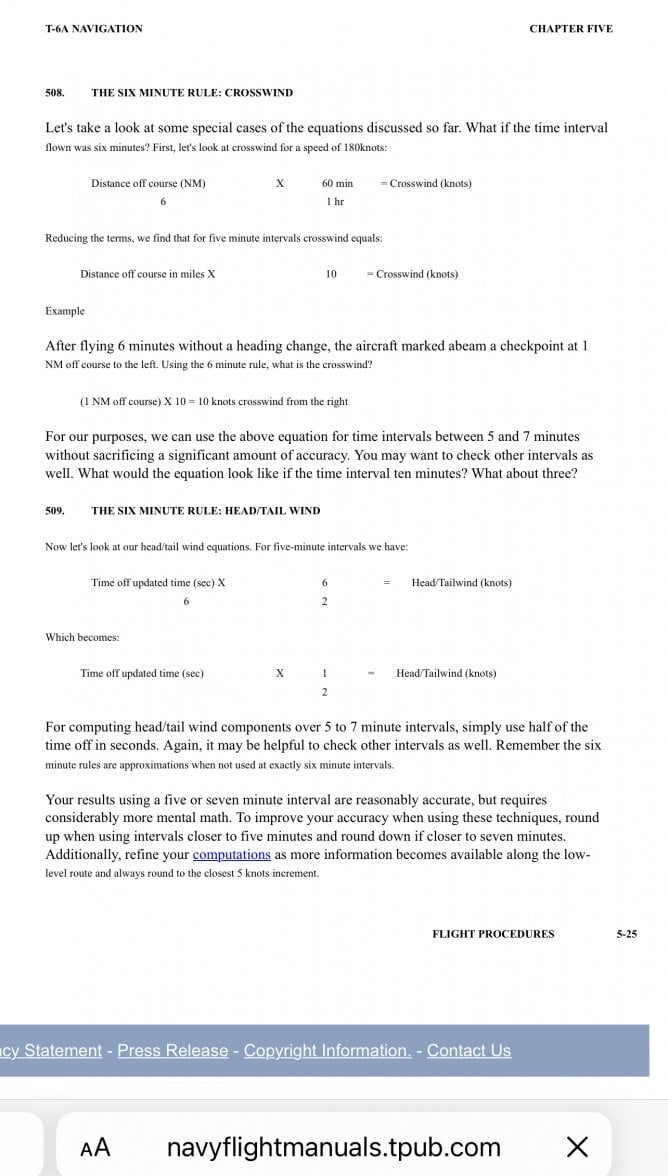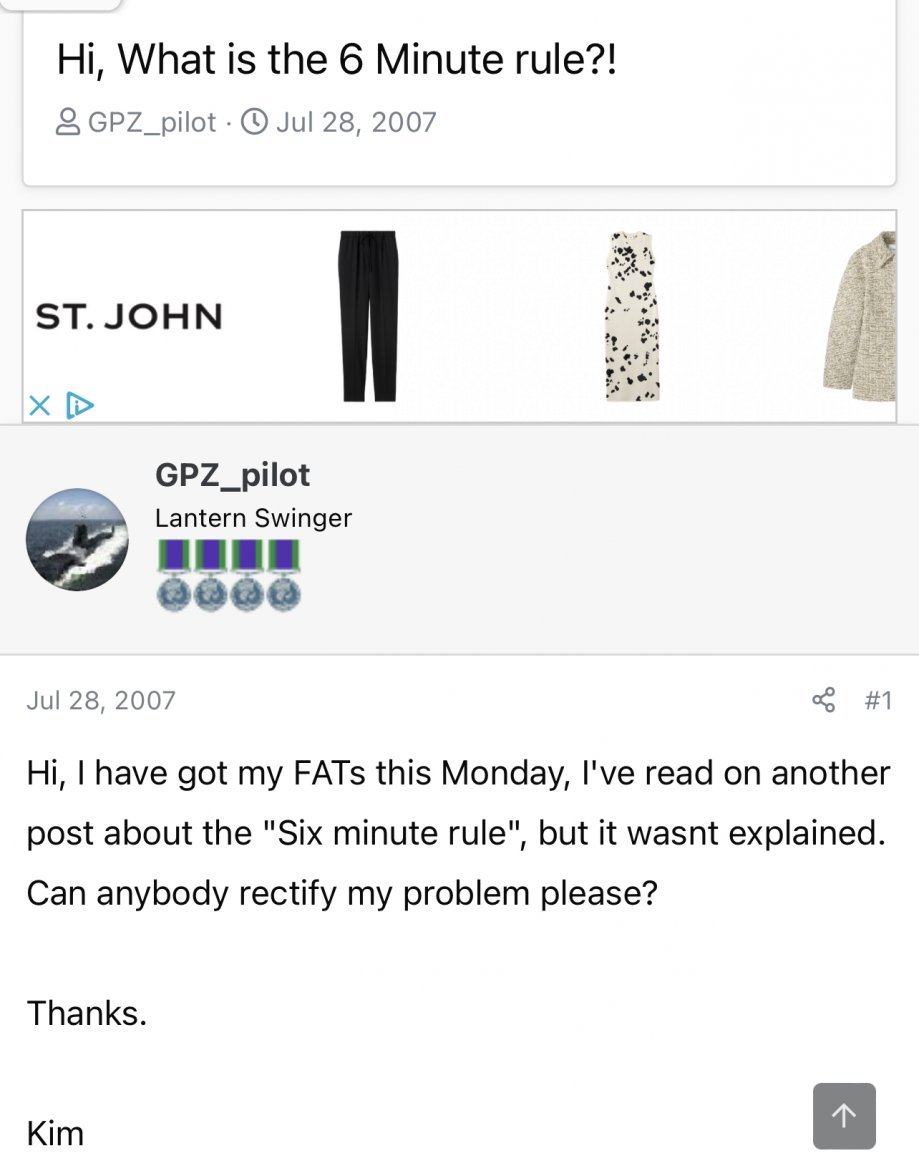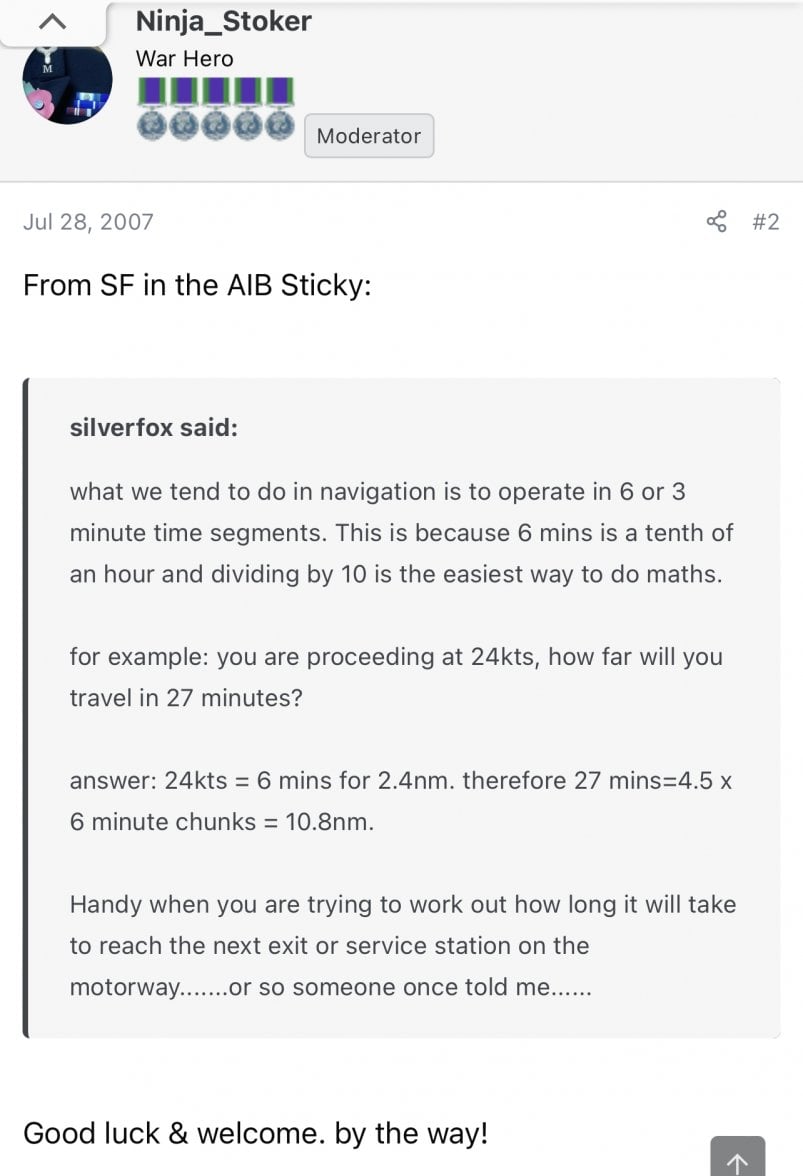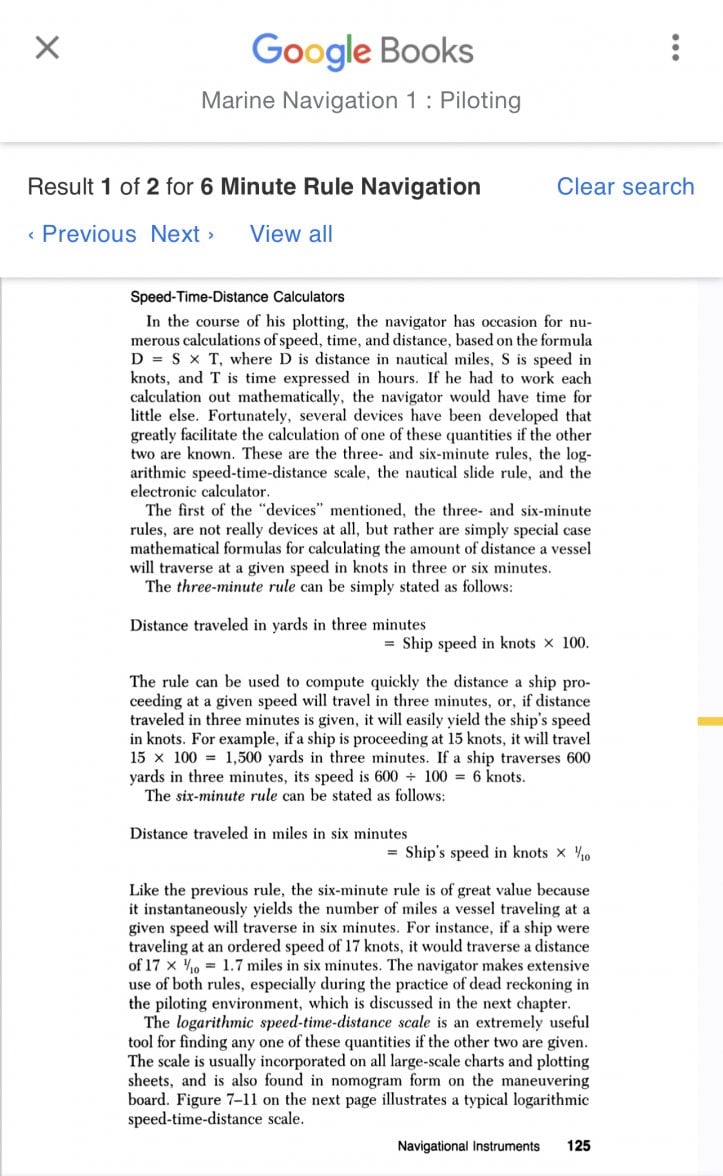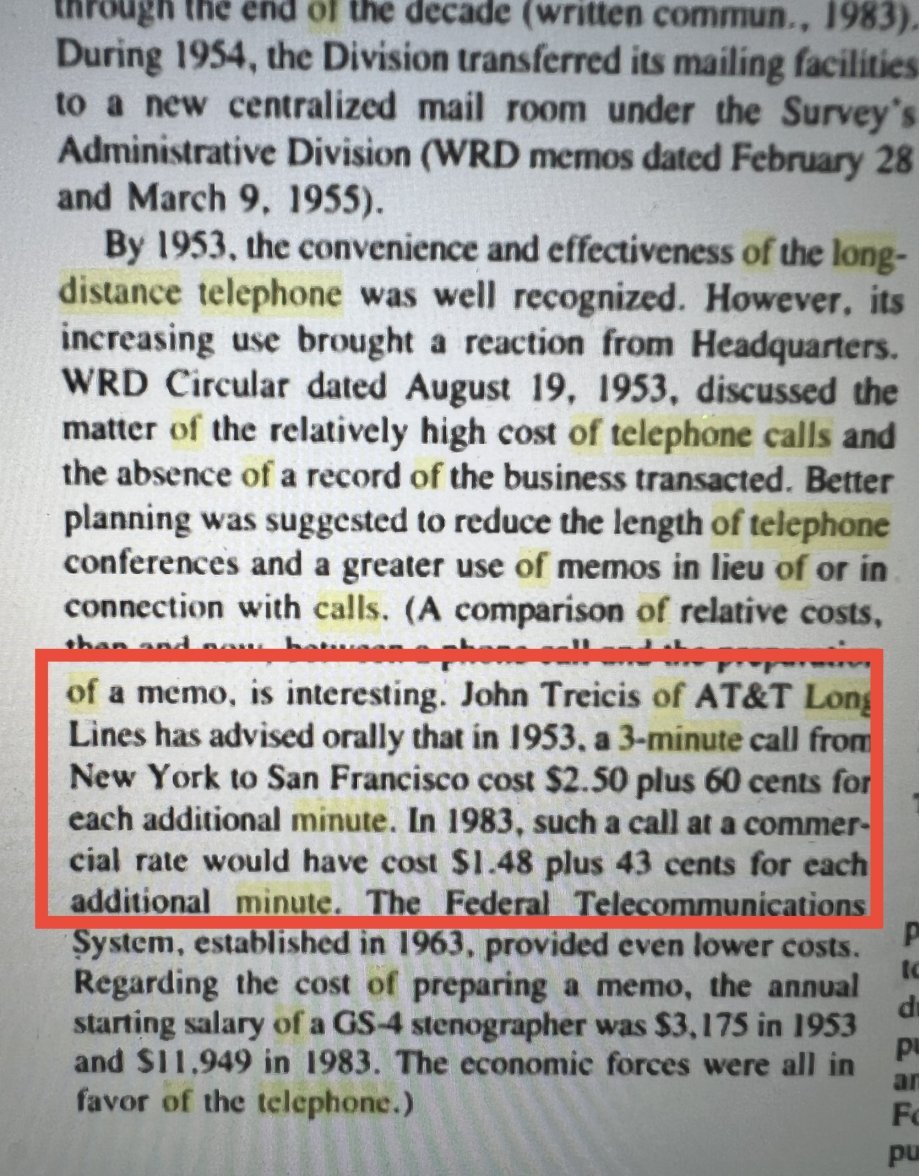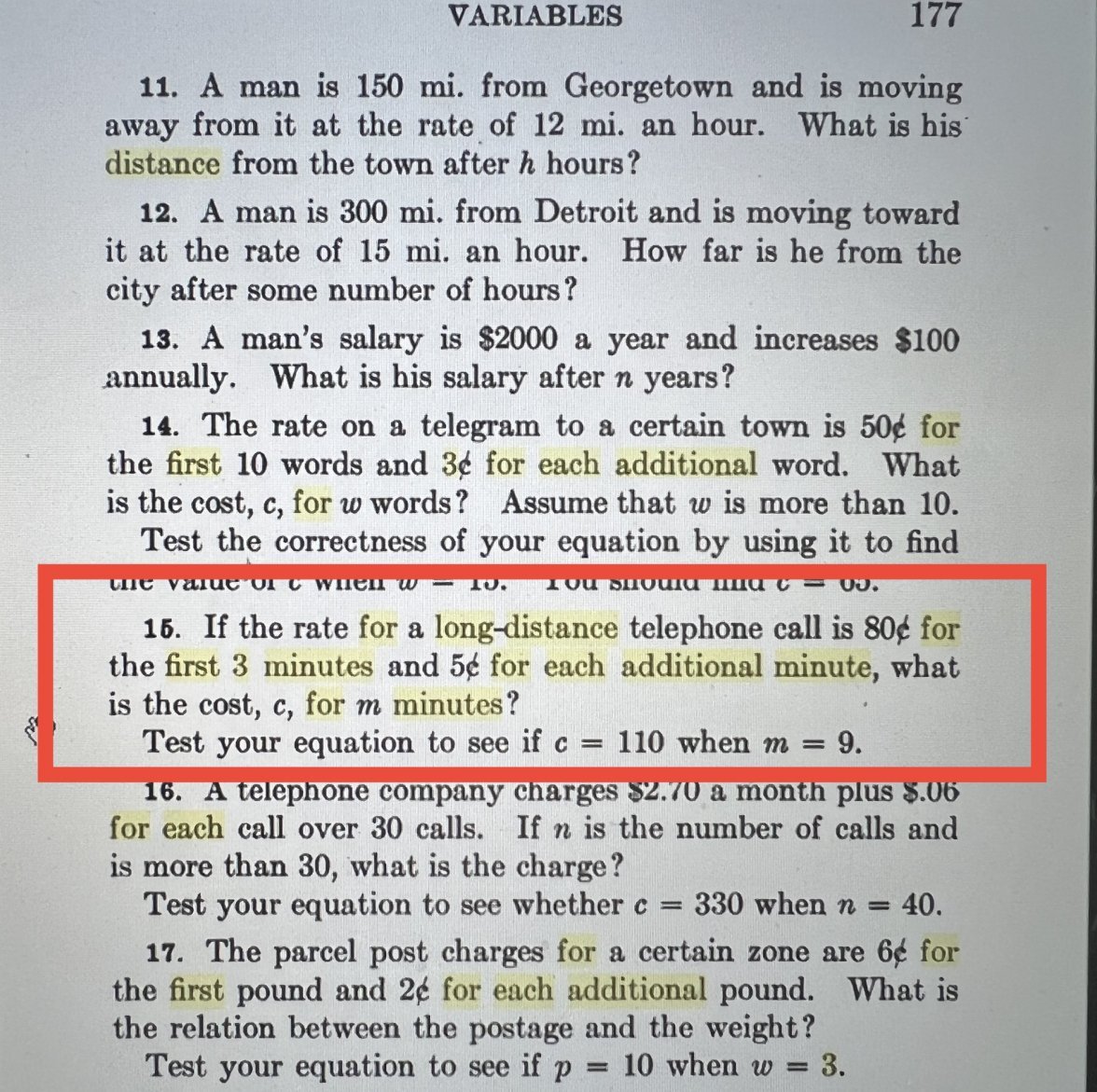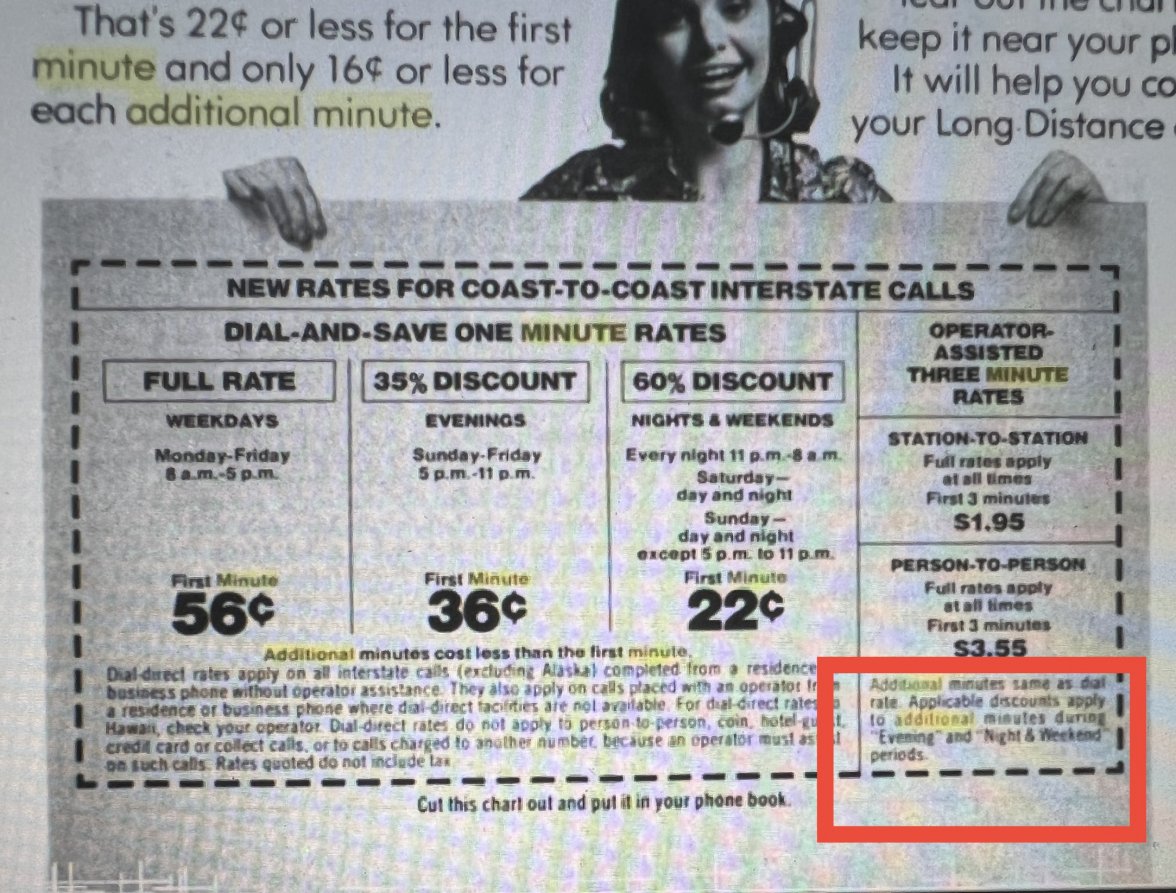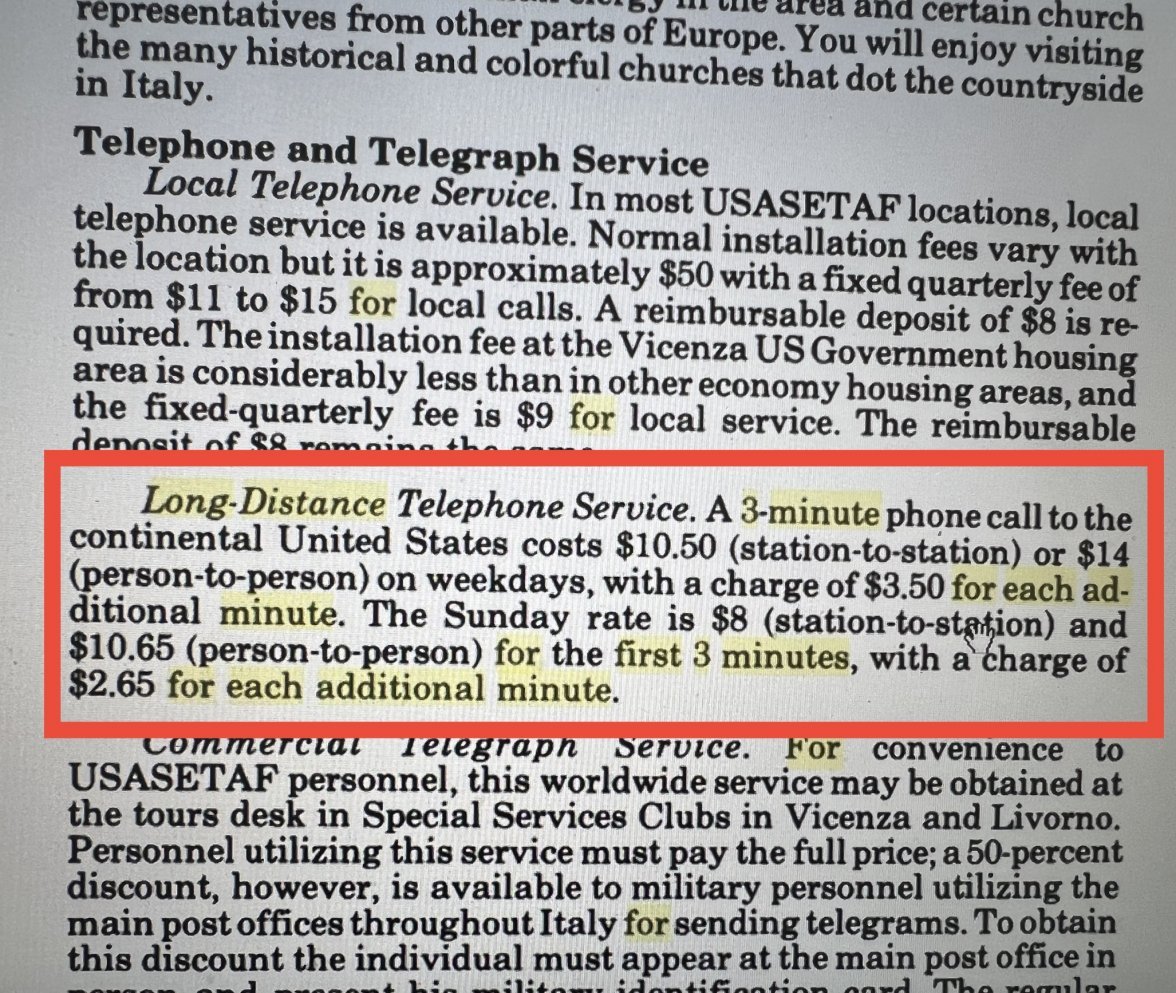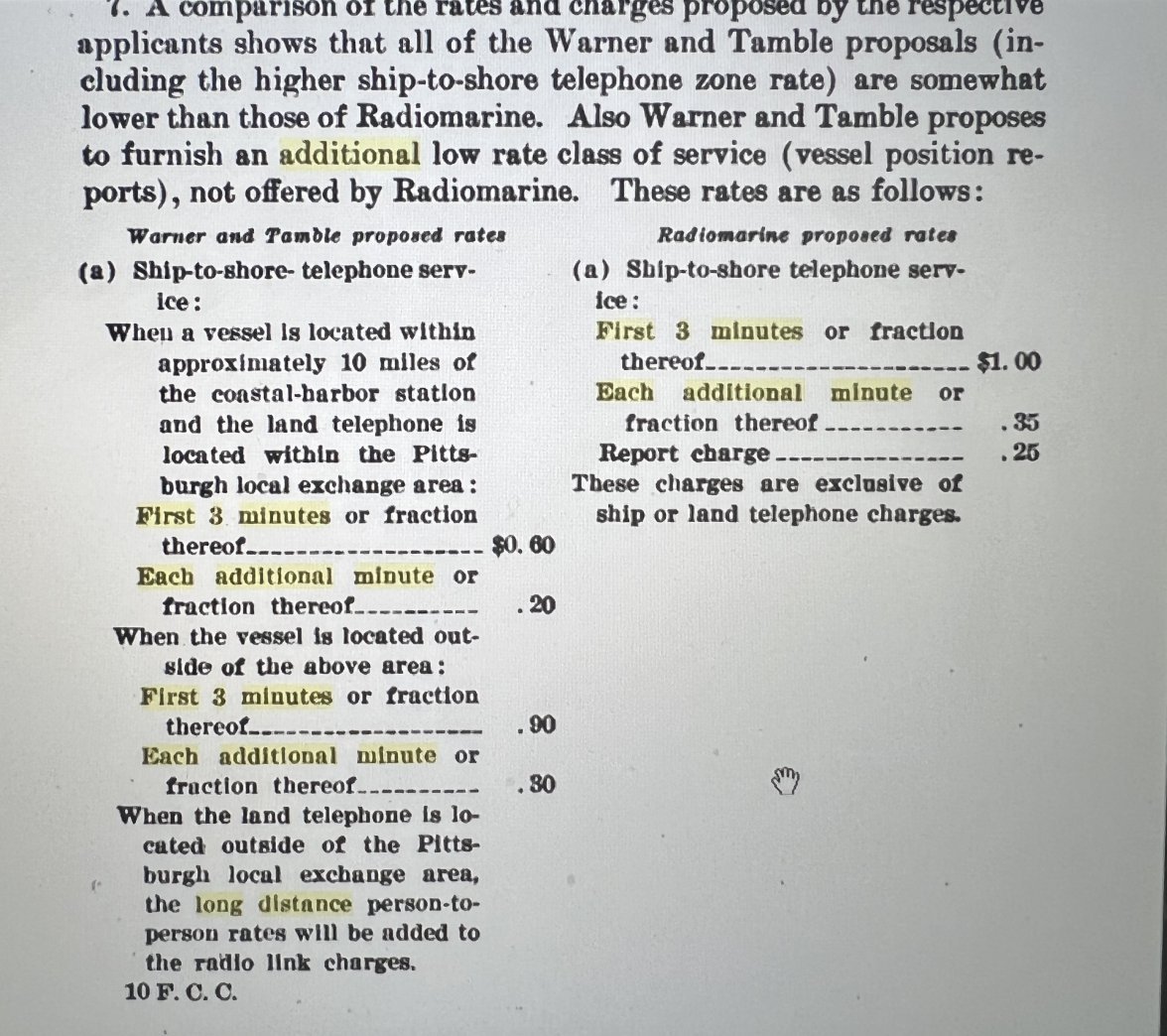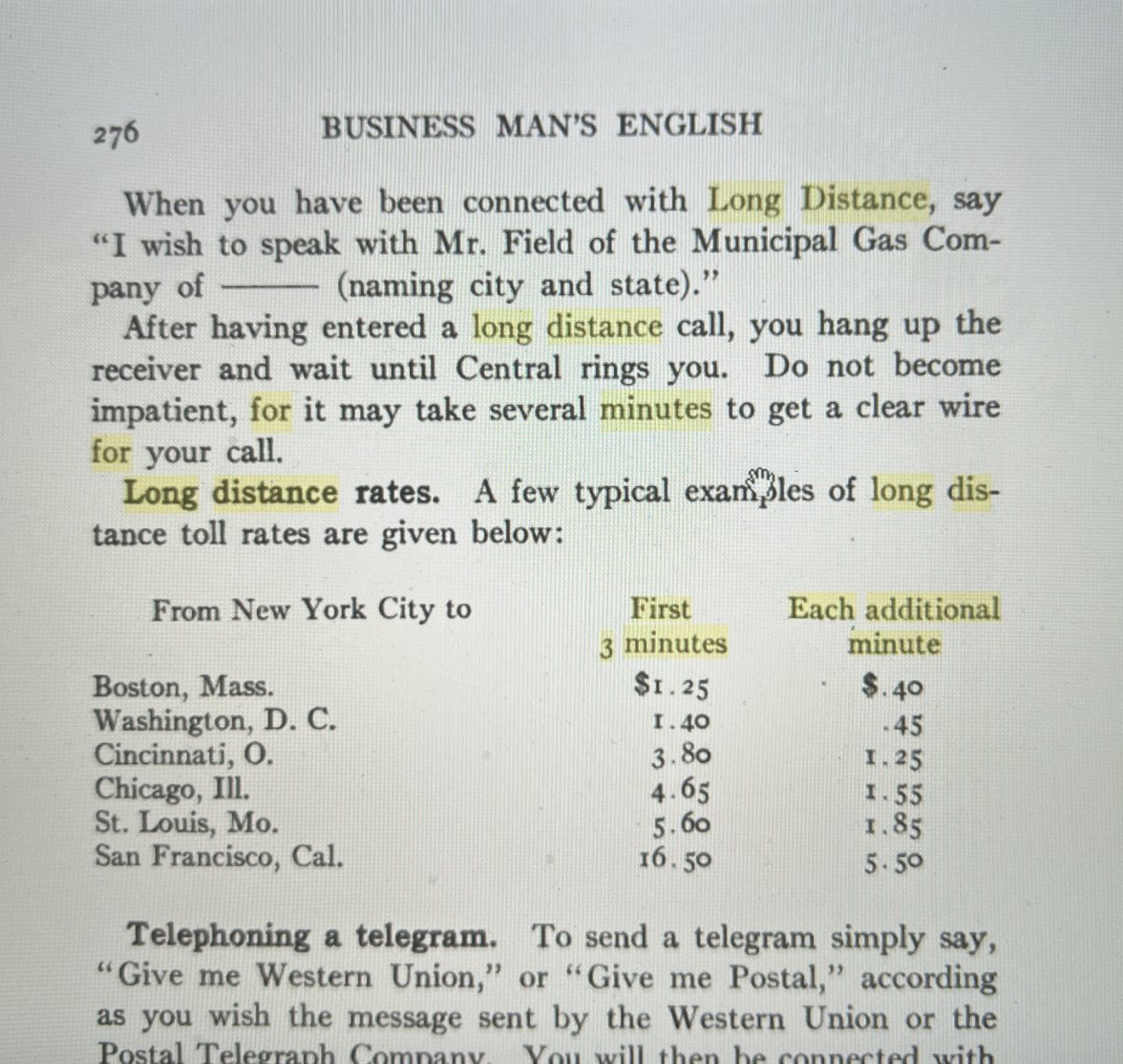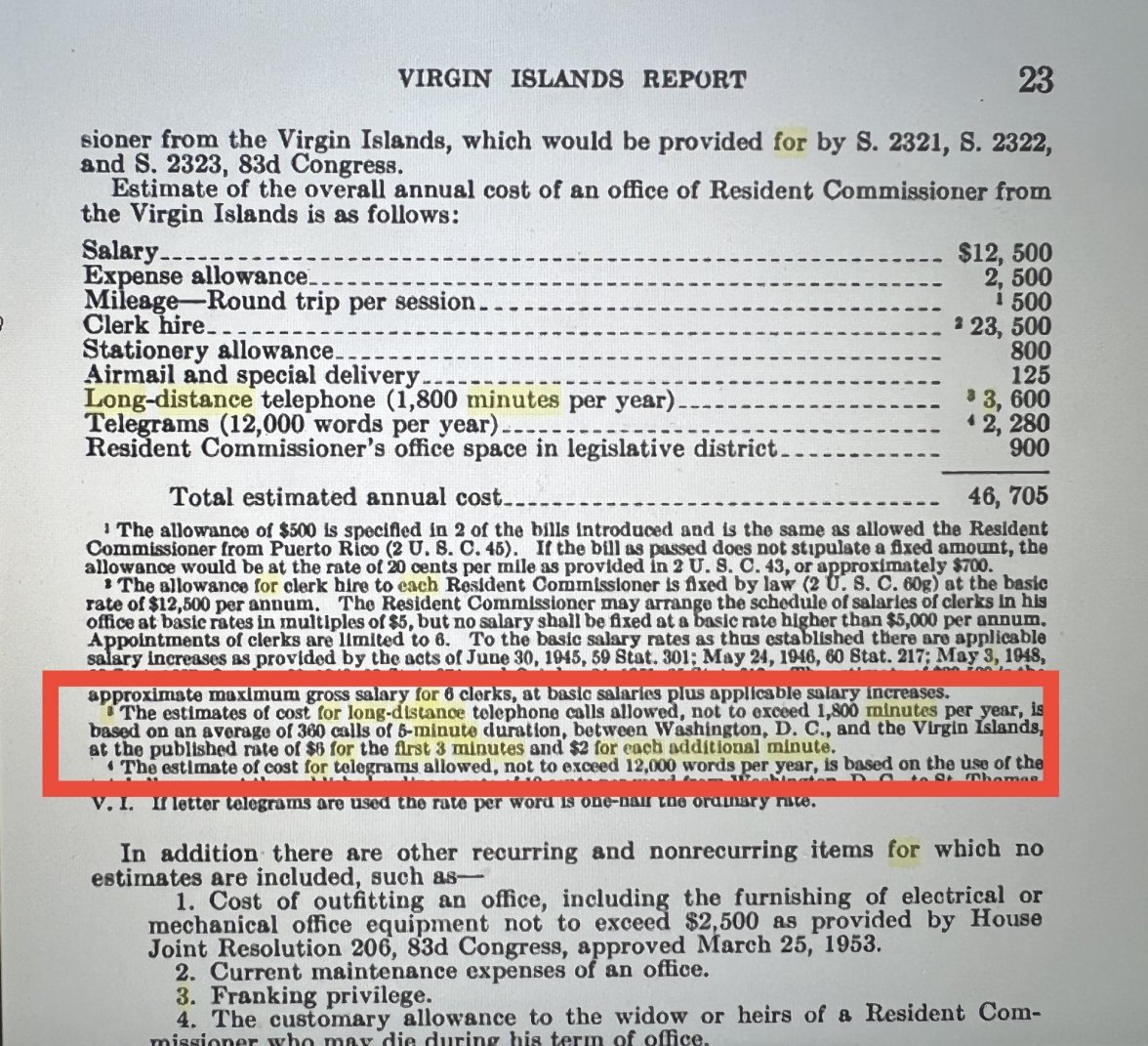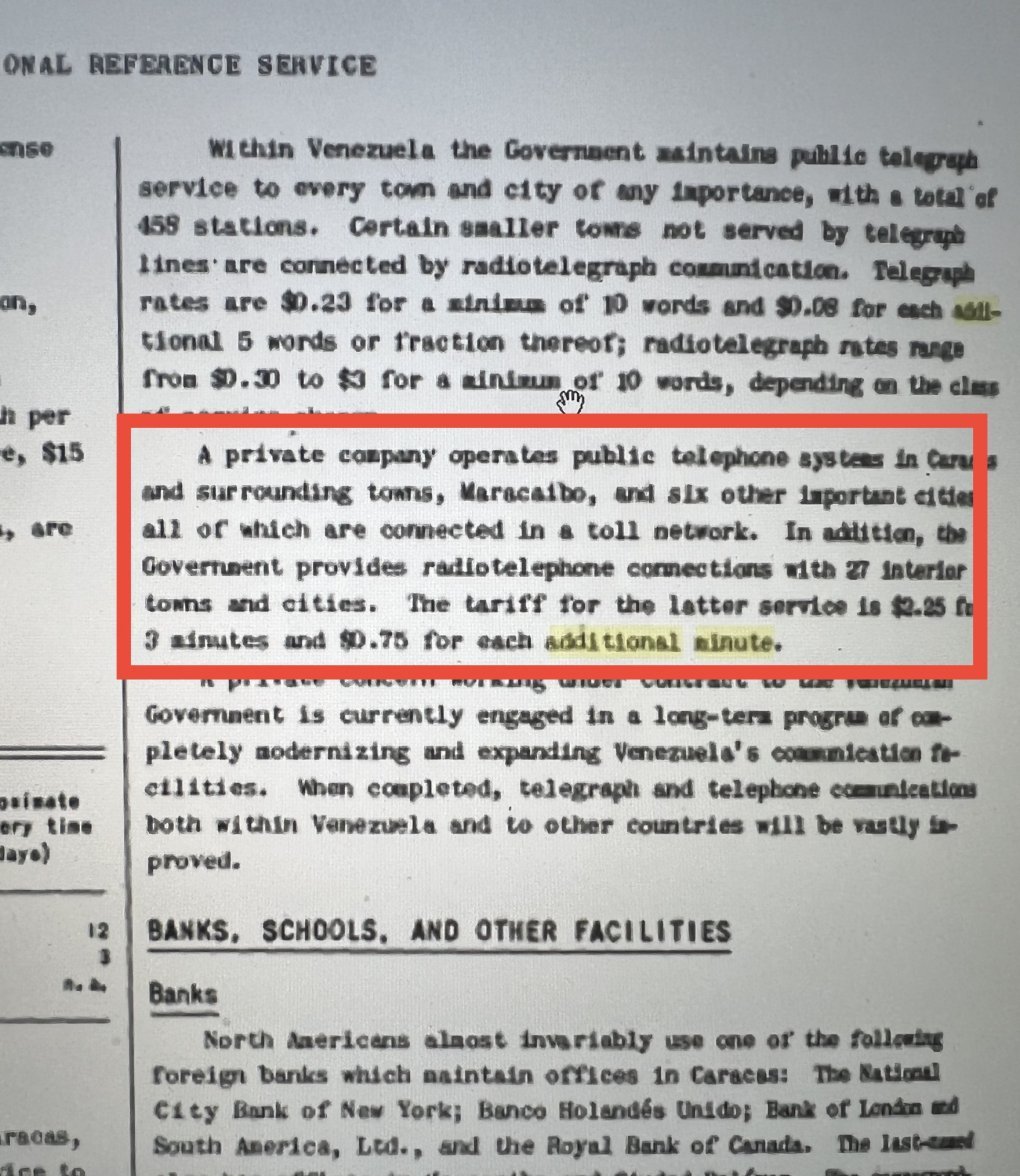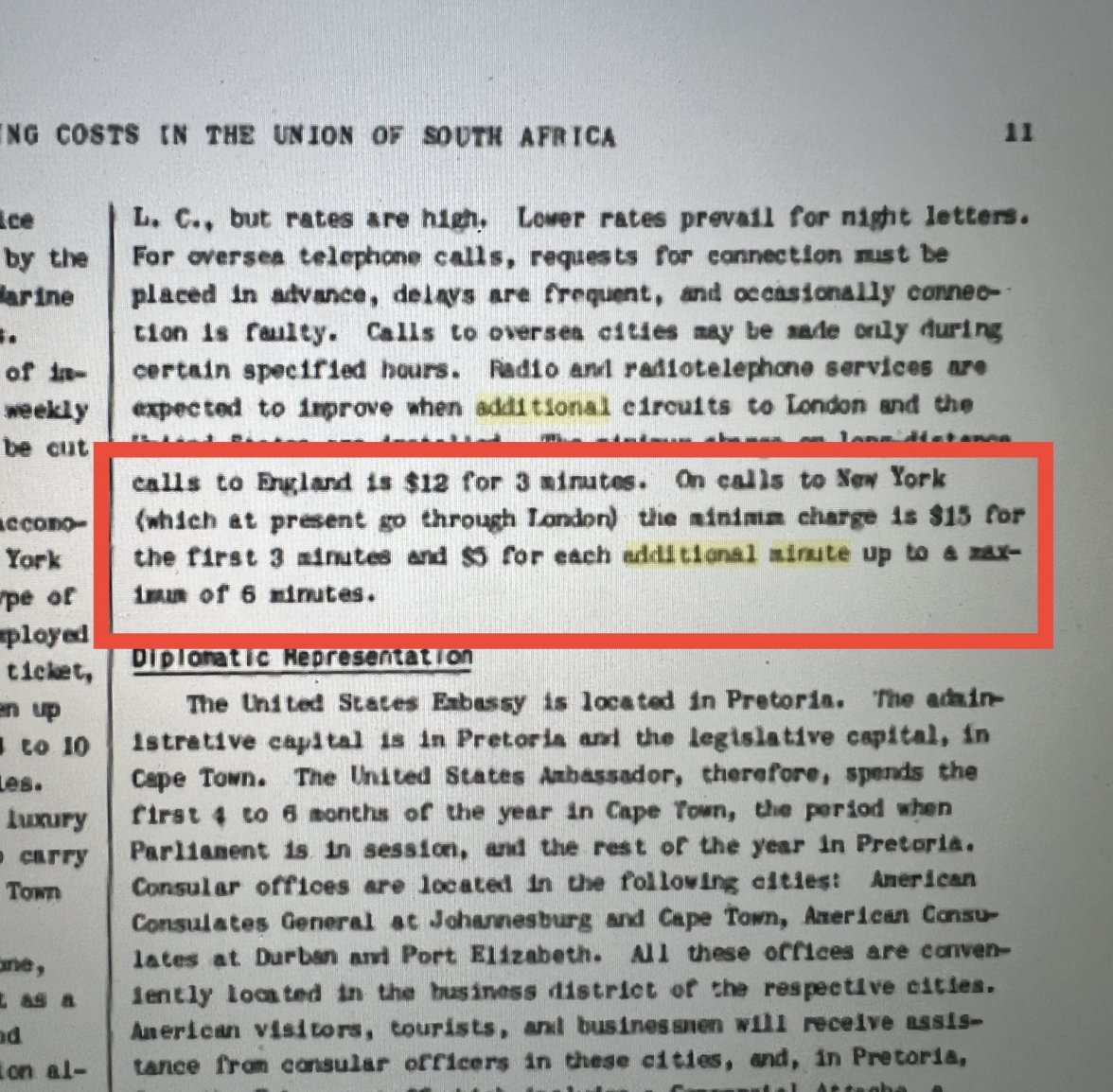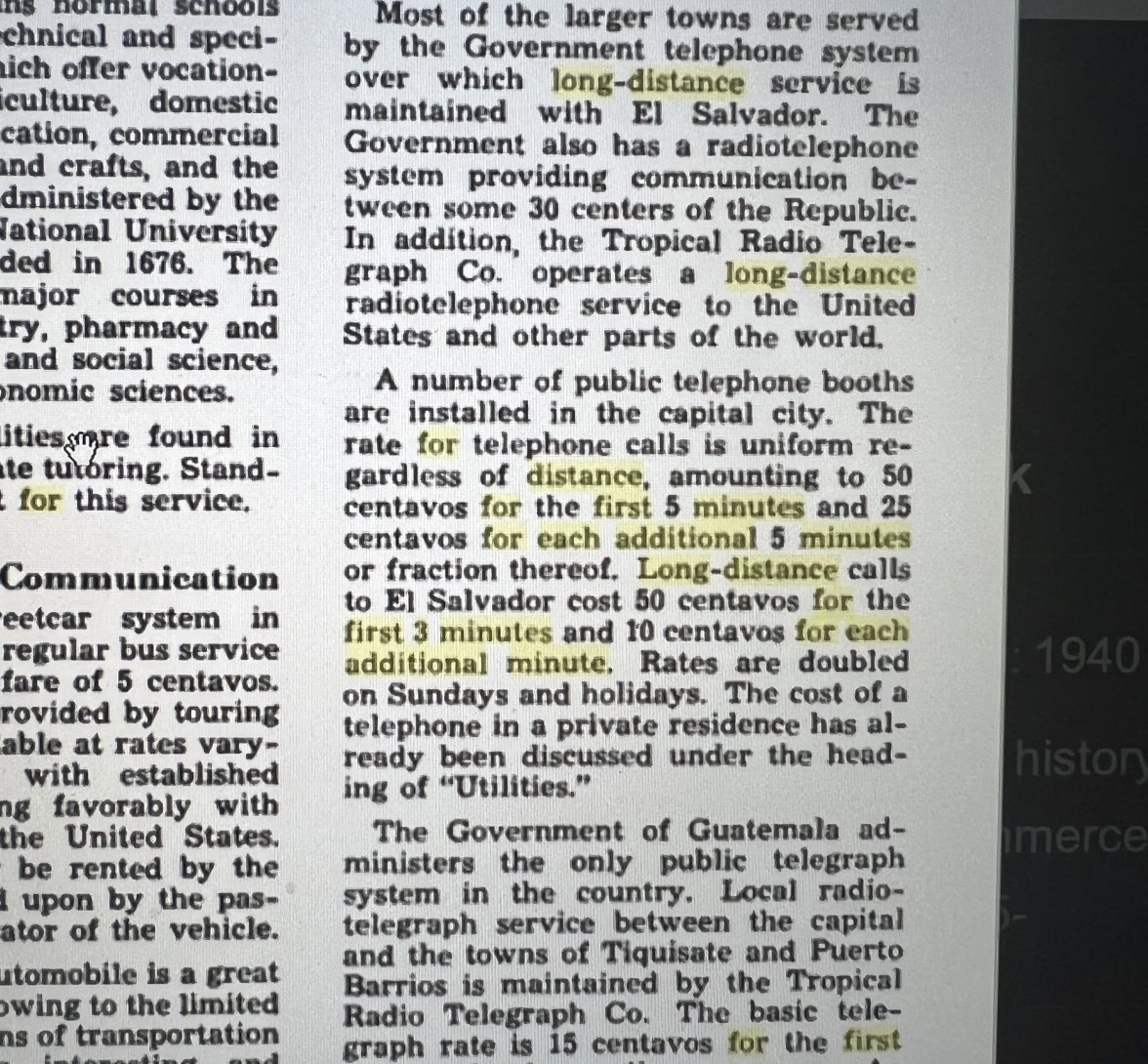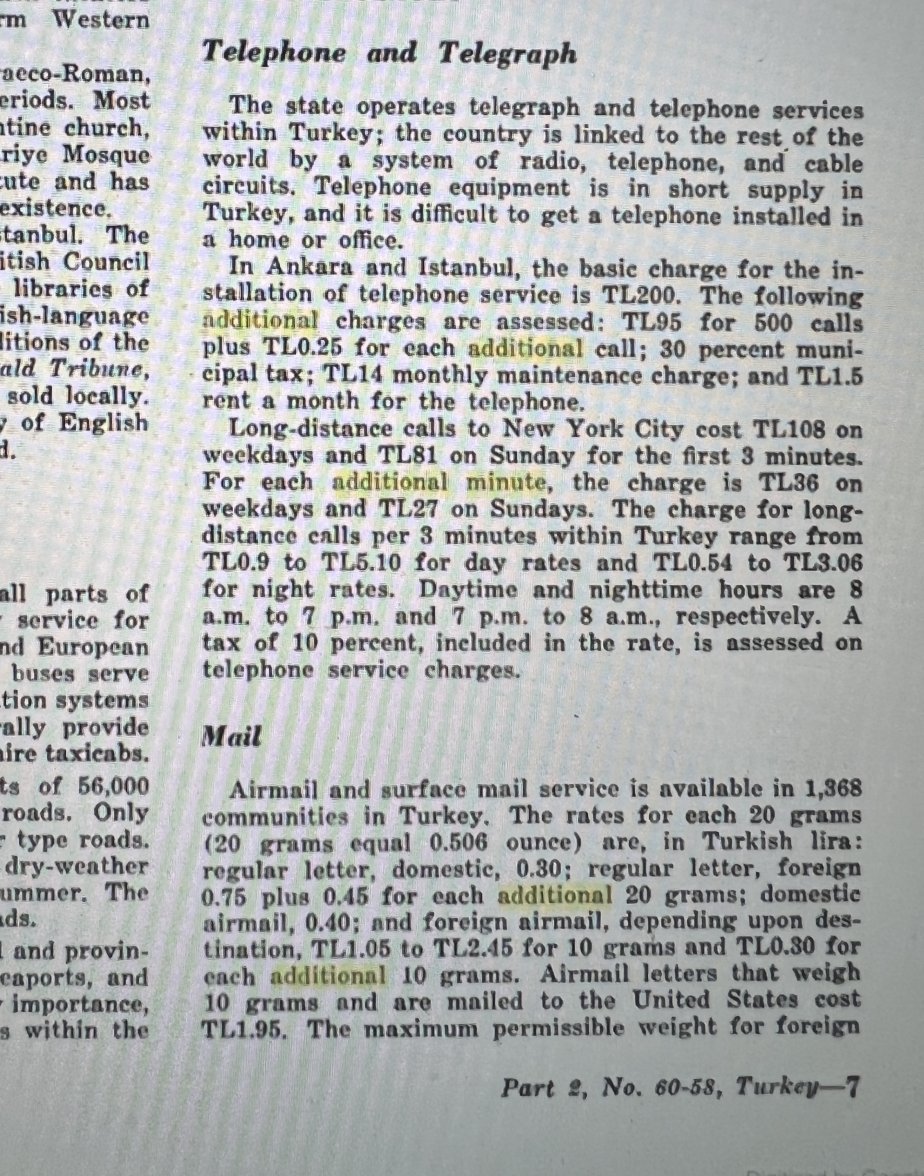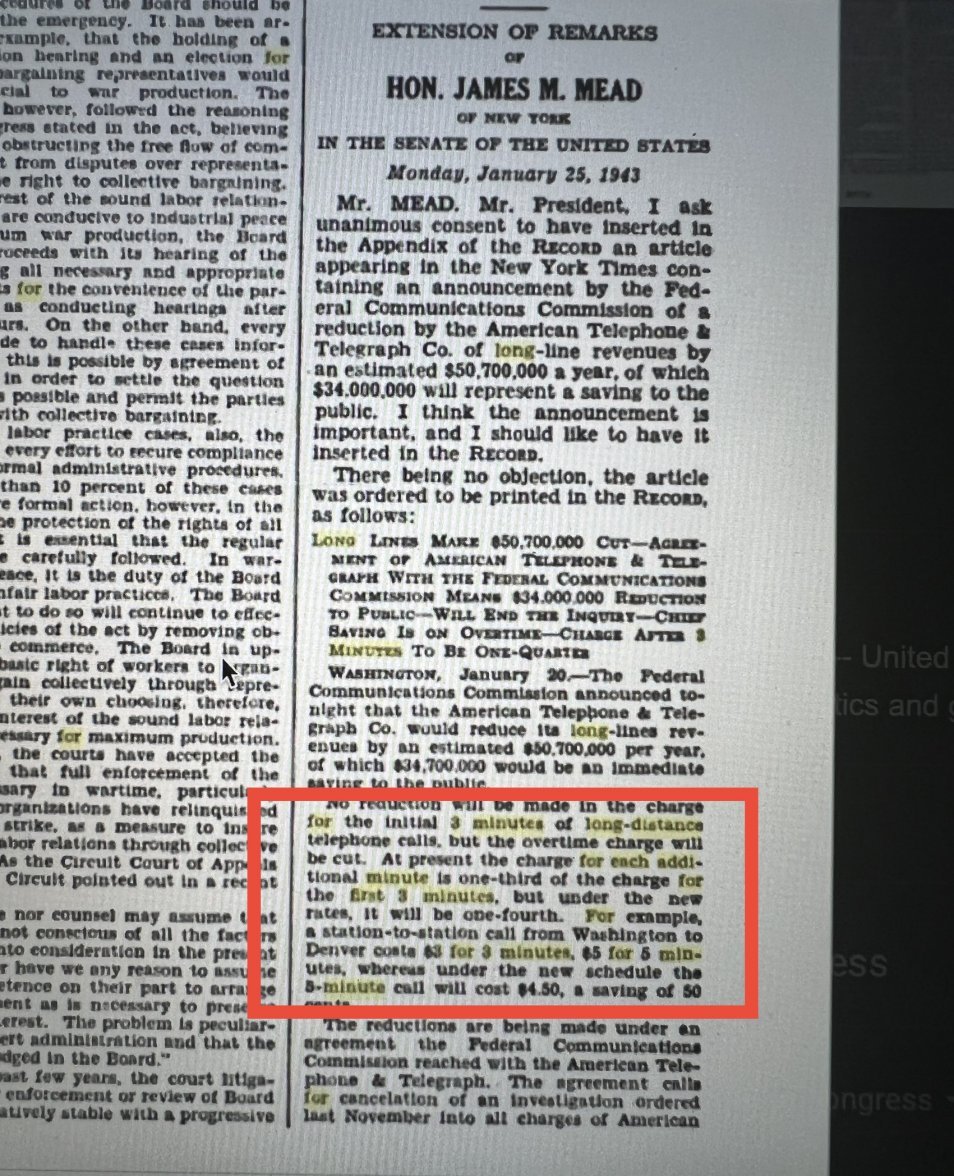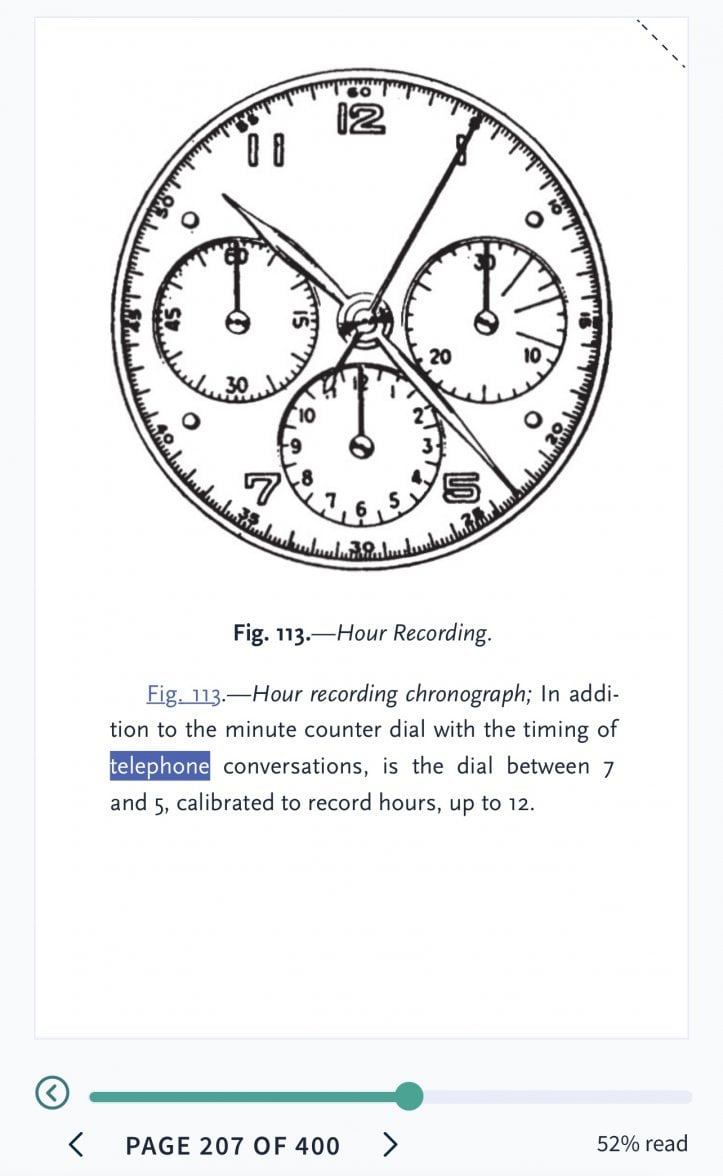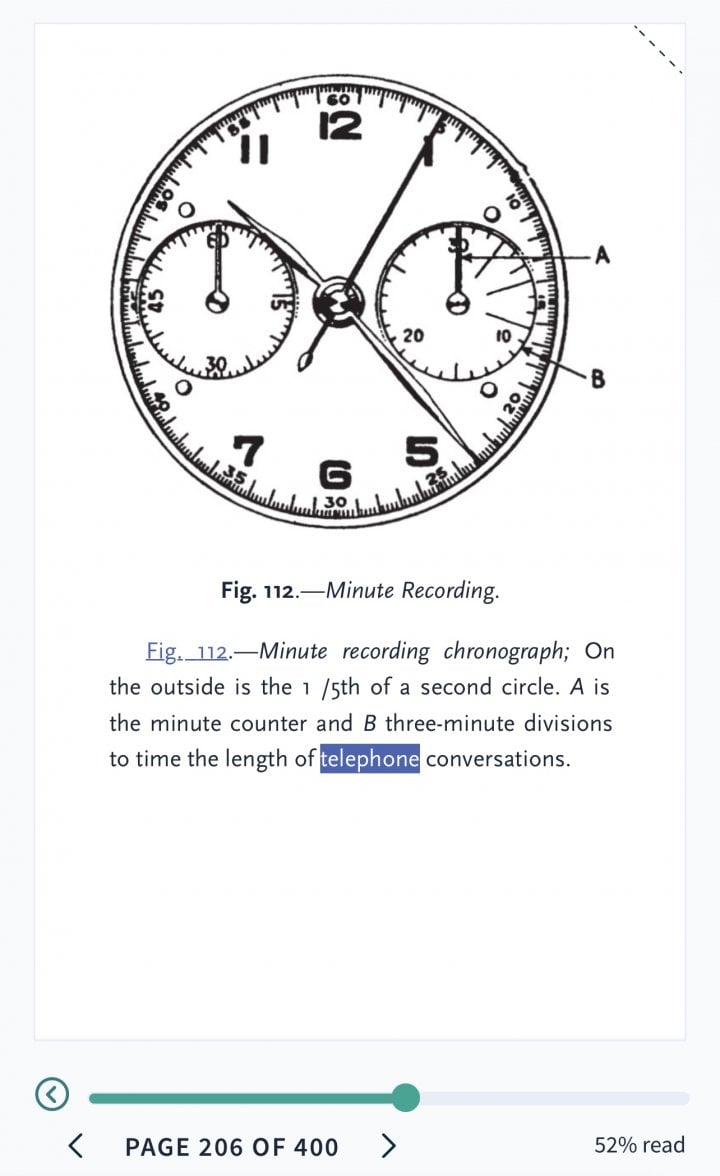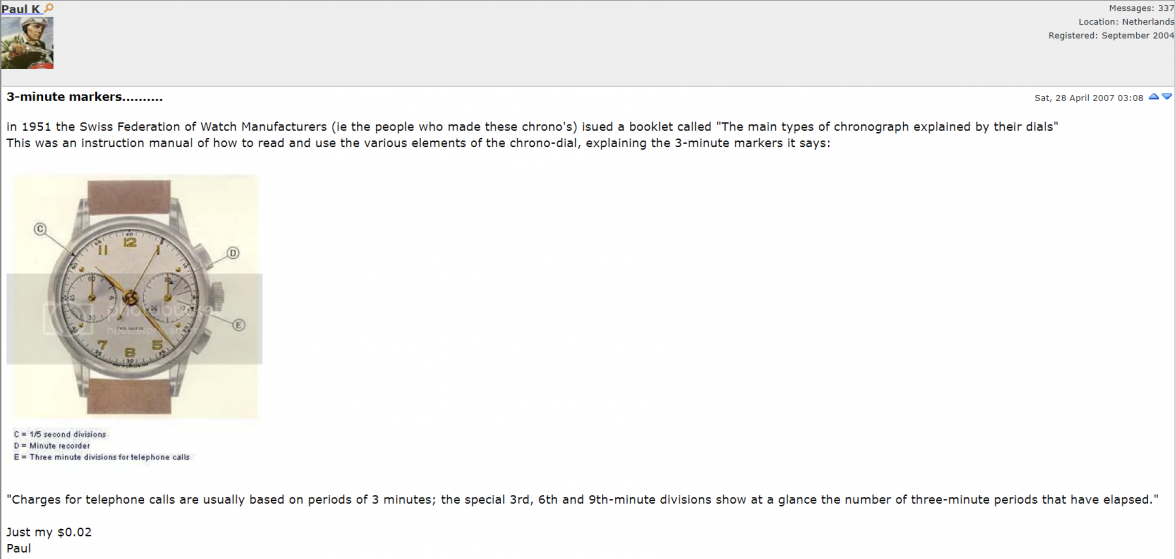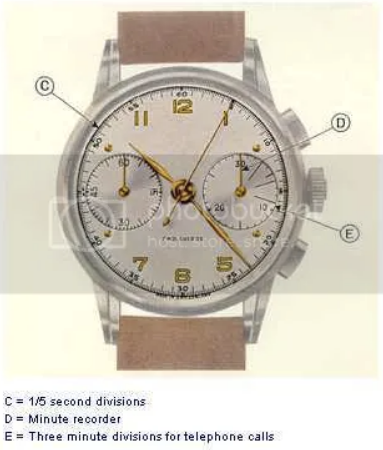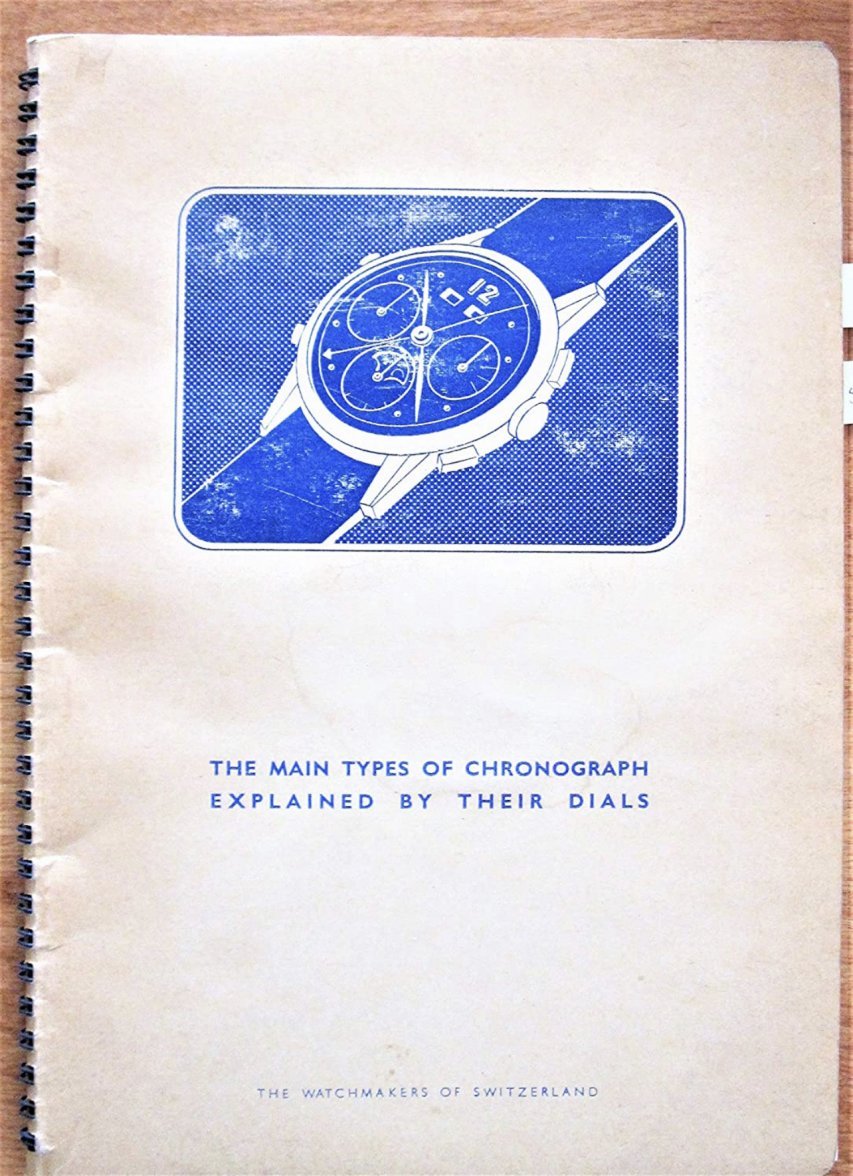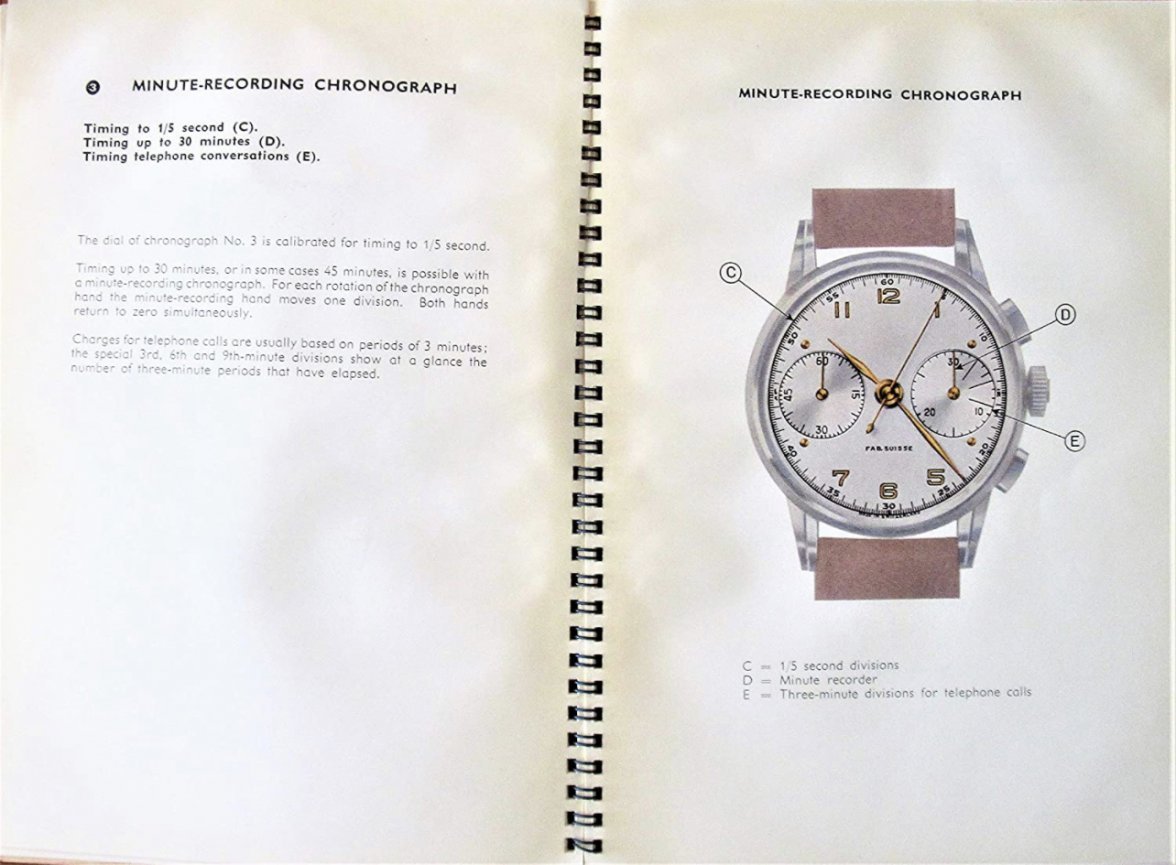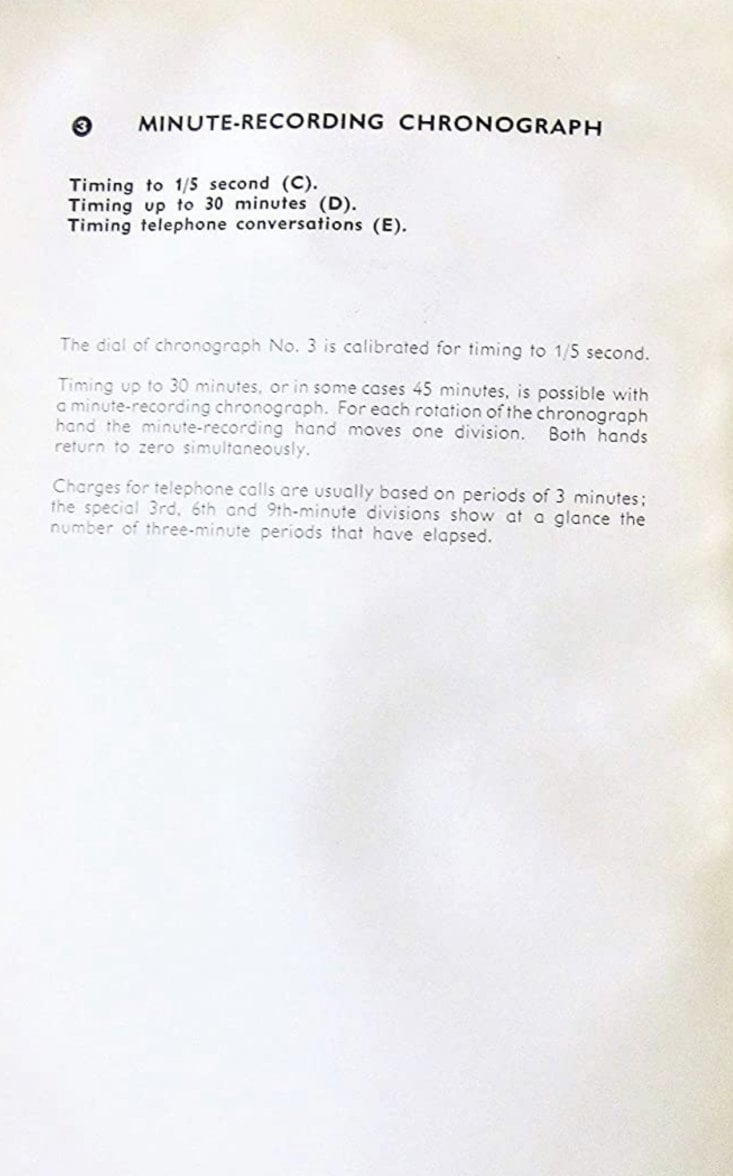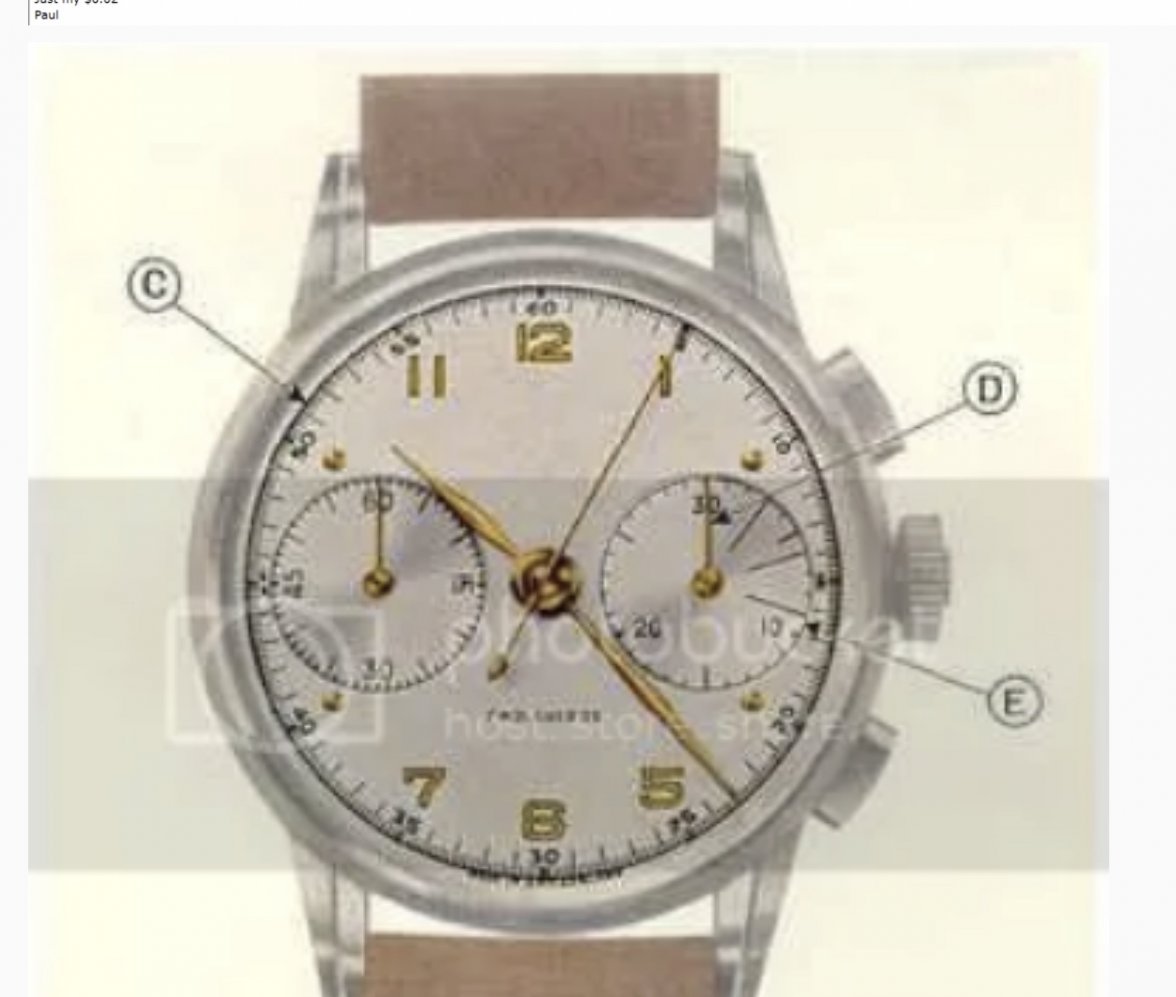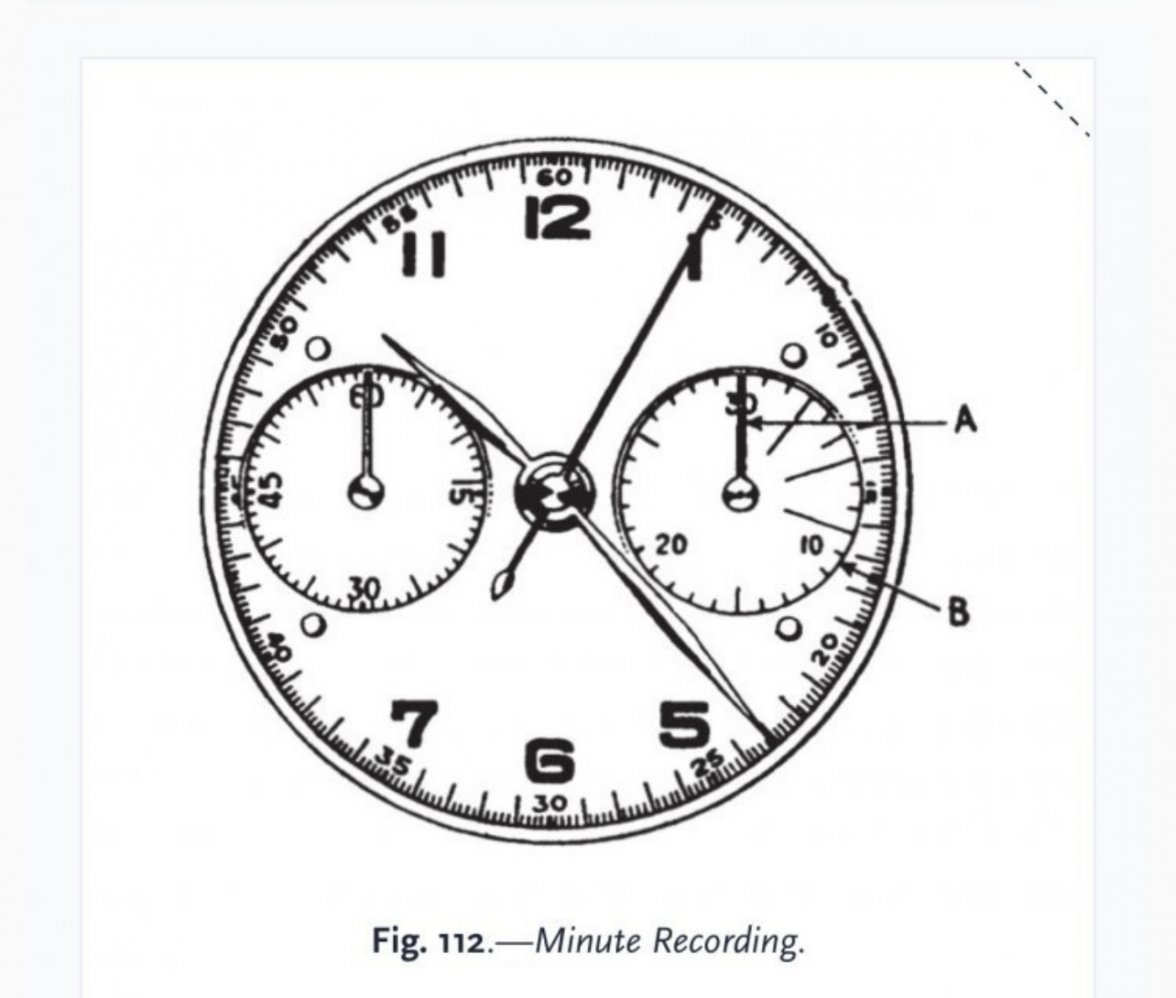In North America, where Bell/ATT had a regulated monopoly, and elsewhere, long distance calls were almost certainly
not charged in successive 3 minute blocks (so as to make quick sense of the 3/6/9 demarcations)
In addition to the earlier contrary evidence provided, I find also the following from a book on the history of certain US governmental divisions, the following
relevant to 1953:
Strangely, a 1924 mathematics textbook contains the following problem set (note also the similarly-structured telegraph rates):
While a bit too late for full applicability, here from a 1975 advertisement from Ma Bell describe that any 3 minute structure at that time was only for the initial minimum, and charged in single minute increments thereafter
Also from 1975, a U.S. military pamphlet regarding being stationed in Italy and making calls back to the U.S.:
Here, from 1943 FCC considering proposed rate structures for government ship-to-shore long distance rates being proposed for bud/adoption:
From a 1925 book titled “The Business Man’s English”, instructing how long distance calls are made, discussed (in English), and example rates:
From a 1954 Congressional report regarding the various economic status conditions of the Virgin Islands:
A 1949 paper by the U.S. Department of Commerce describing Venezuela’s publicaly run long distance services:
The same 1949 paper describing
South Africa’s long distance infrastructure and rate structure (noting here, for the first time, we see a restricted
maximum of 6 minutes):
Same, this time for
Guatemala:
Same but for 1960
Turkey
Many, many, more of these country reports exist for various years and countries, and of the dozens I’ve surveyed not one deviates from a 3-minute minimum followed by 1 minute incremental thereafter.
I’ll end with a 1943 Congressional record, discussing the then-U.S.-wide regulated monopoly’s announced plans to change its national long distance rate approach (due to and avoiding a Congressional investigation), keeping same the “initial 3-minutes” but reducing the “each additional minute” overtime charge in half:
So, I mentioned only briefly in my OP that I could find no evidence of successive 3-minute rate structures at any time or anywhere, but instead only evidence that almost unifirmally long distance rates throughout the 20th century were structured instead on an initial 3-minute minimum followed by per minute increments.
That suggestion was met with various anecdotal dismissals, or assertions without accompanying information.
So, I’ve offered what may be not just more but
enough non-anecdotal information to I hope require a rather concerted explanation to the contrary before we should take as true that, instead, long distance calls were charged in some other way
here in the US or in any other part of the world.
None of this is to say that it is impossible we’re missing some great, hidden, nuance in rate structures of the 1920s-1970s … but
instead to say I only see evidence to believe people are mistaken to suggest it is somehow obvious that distance calls were charged successive in 3-minute blocks.

